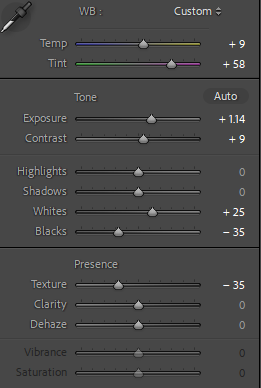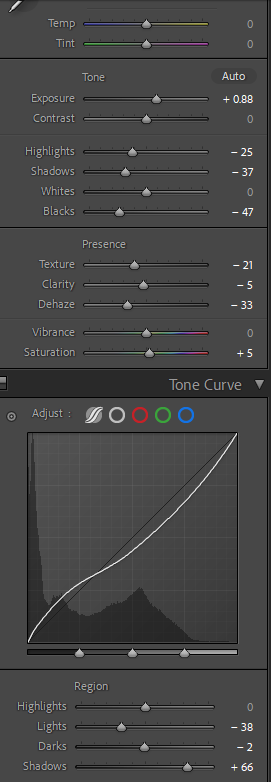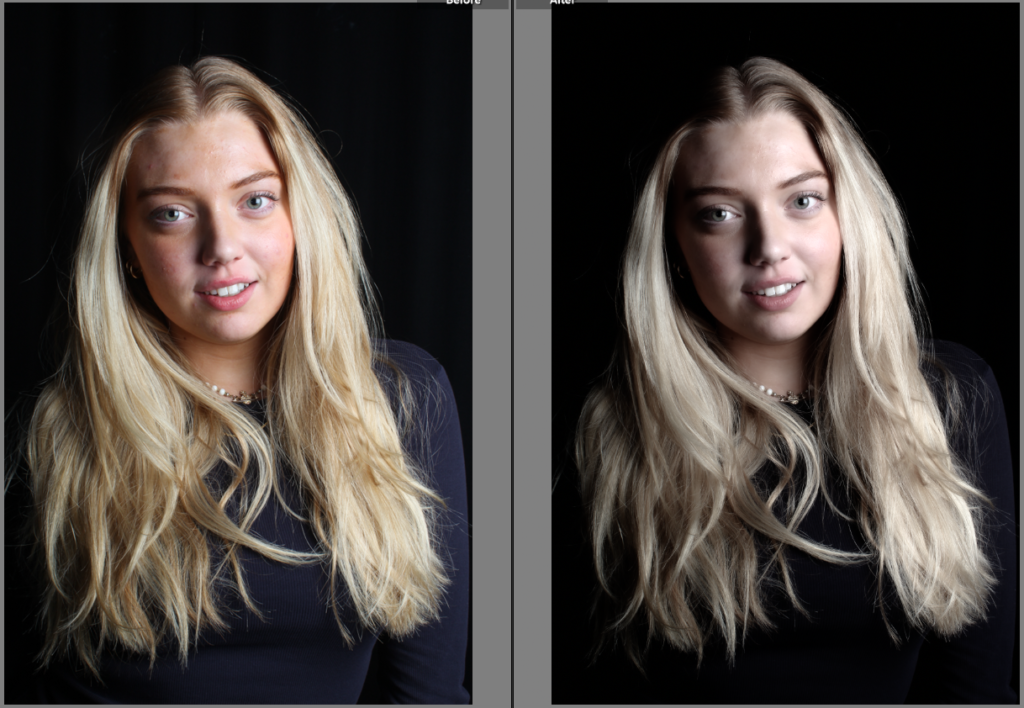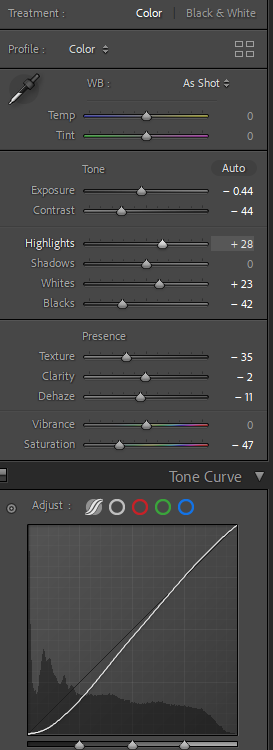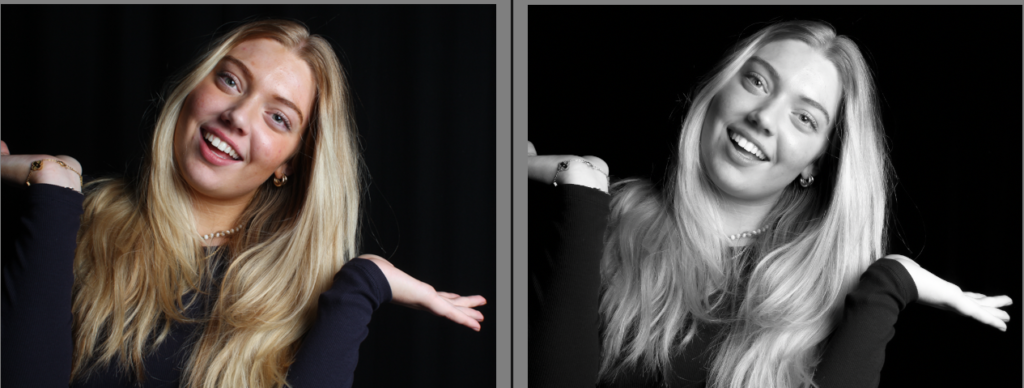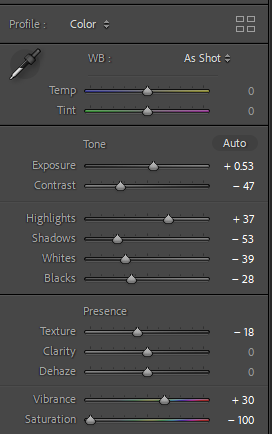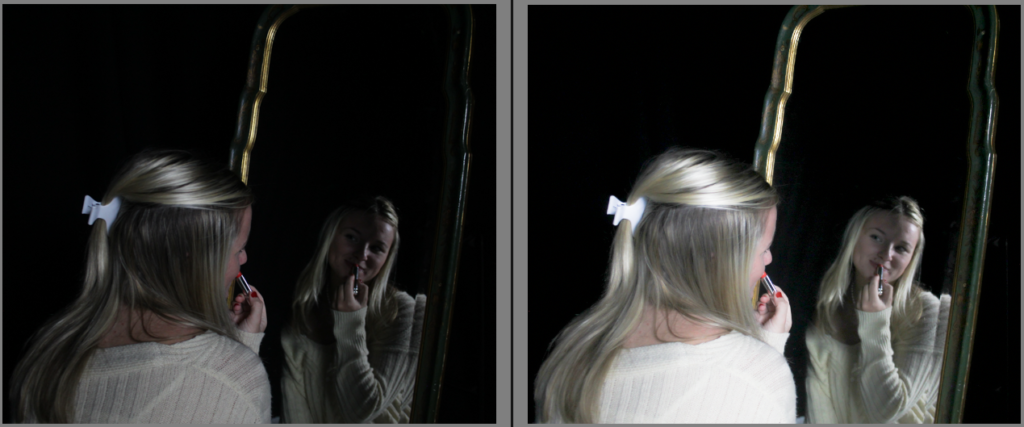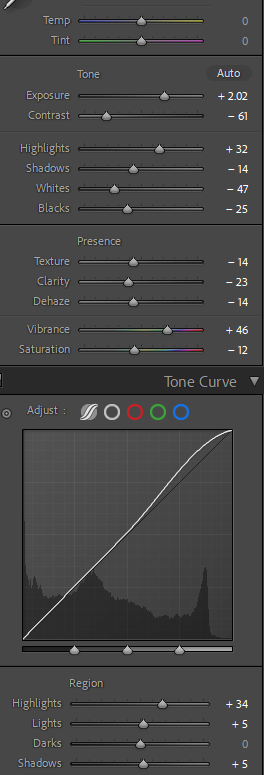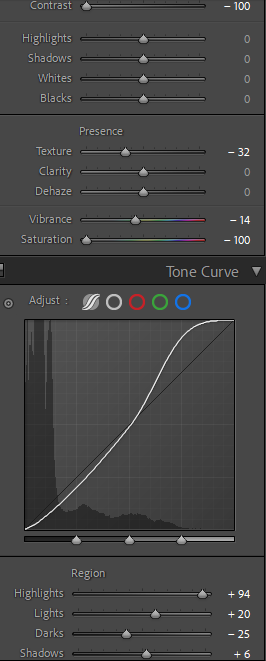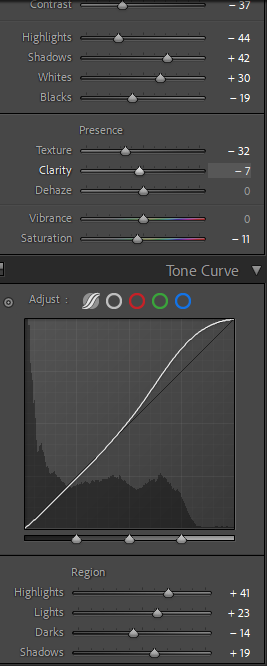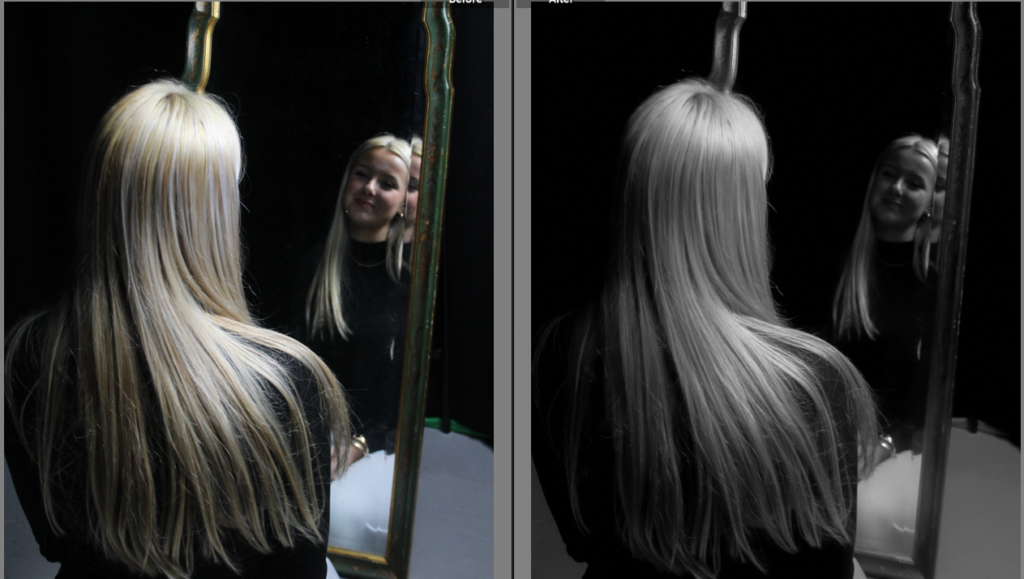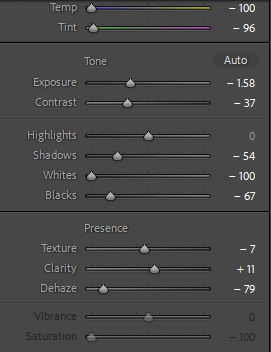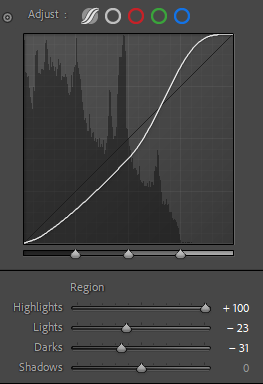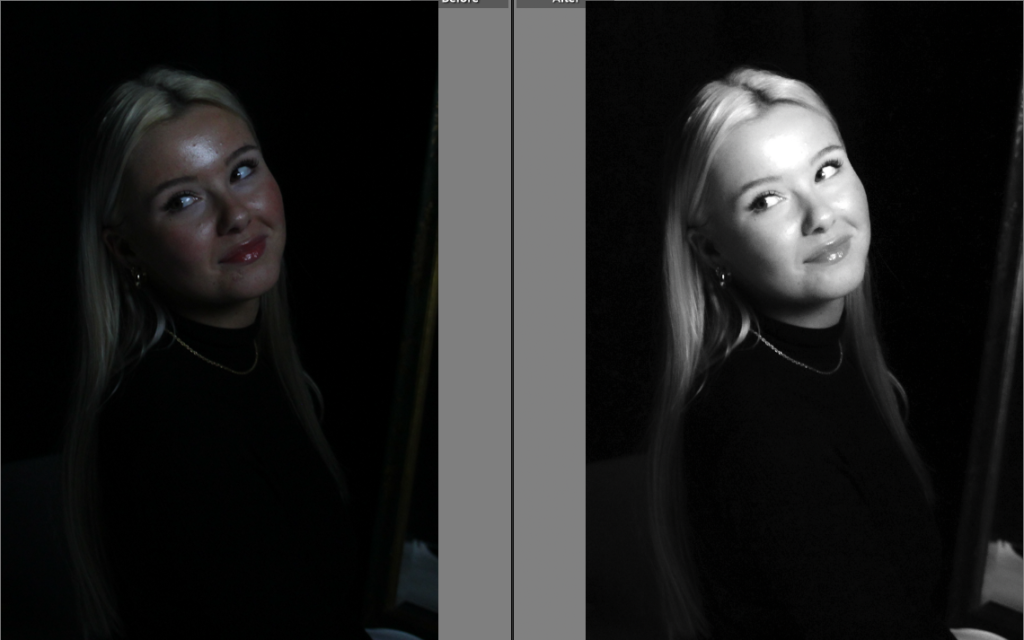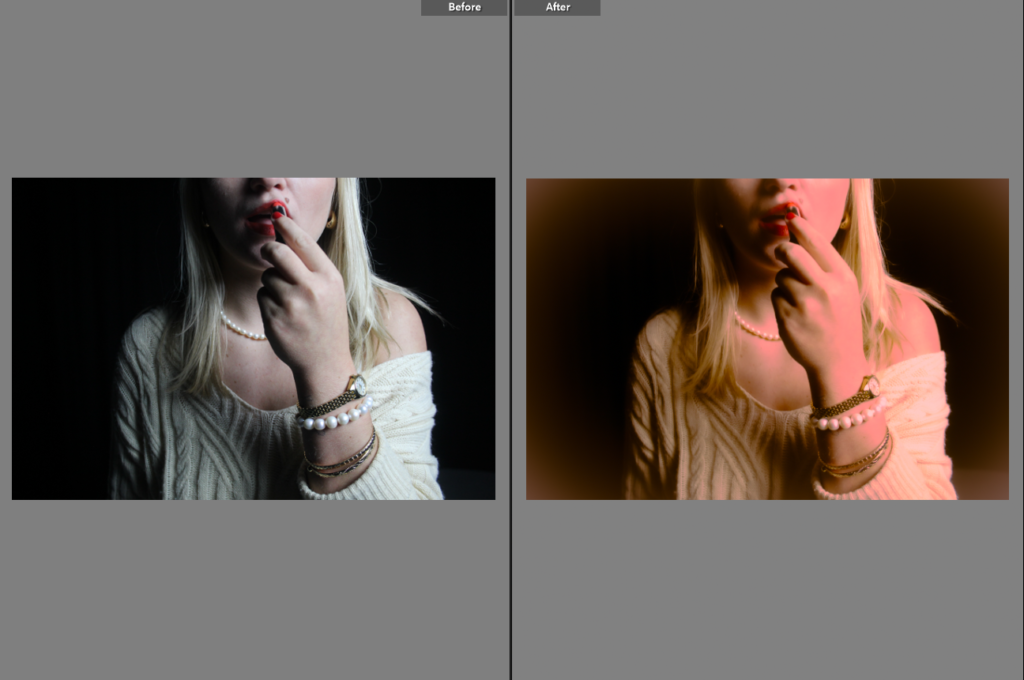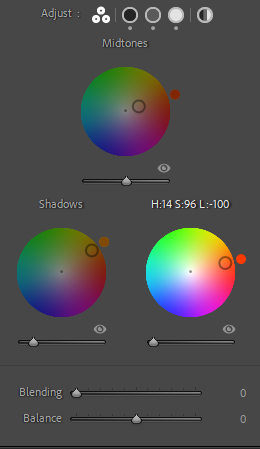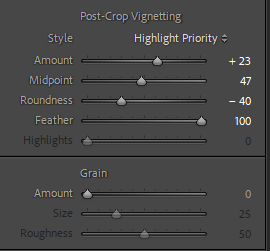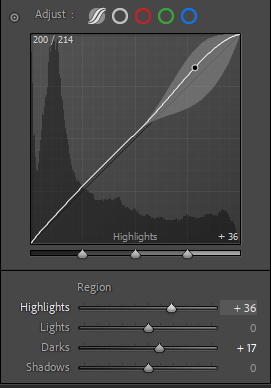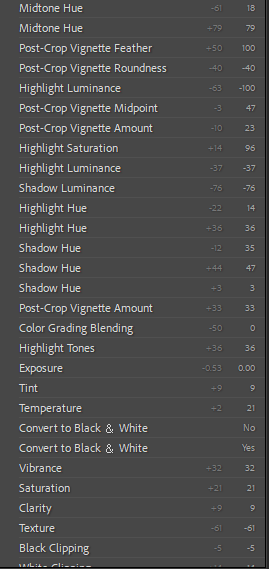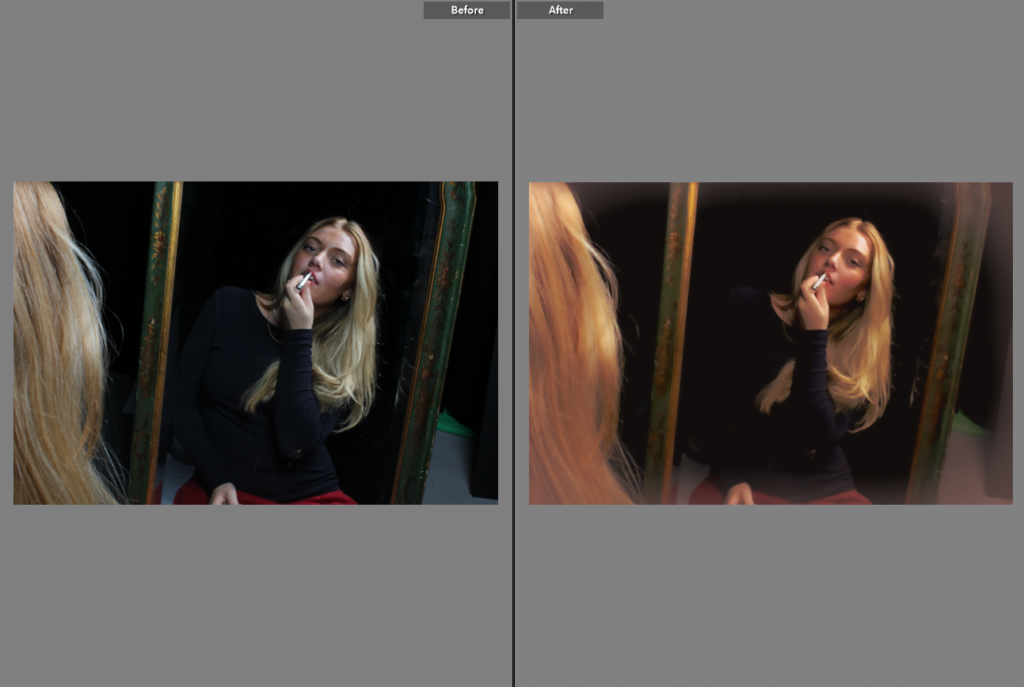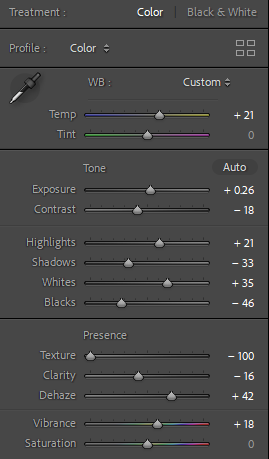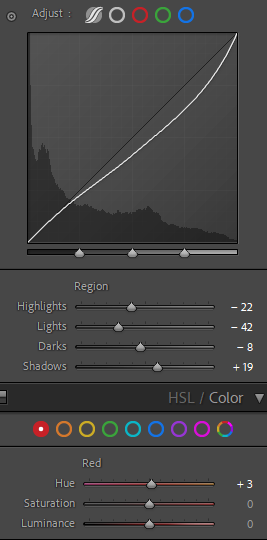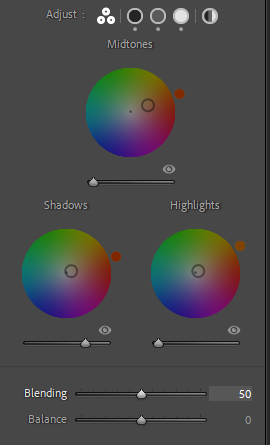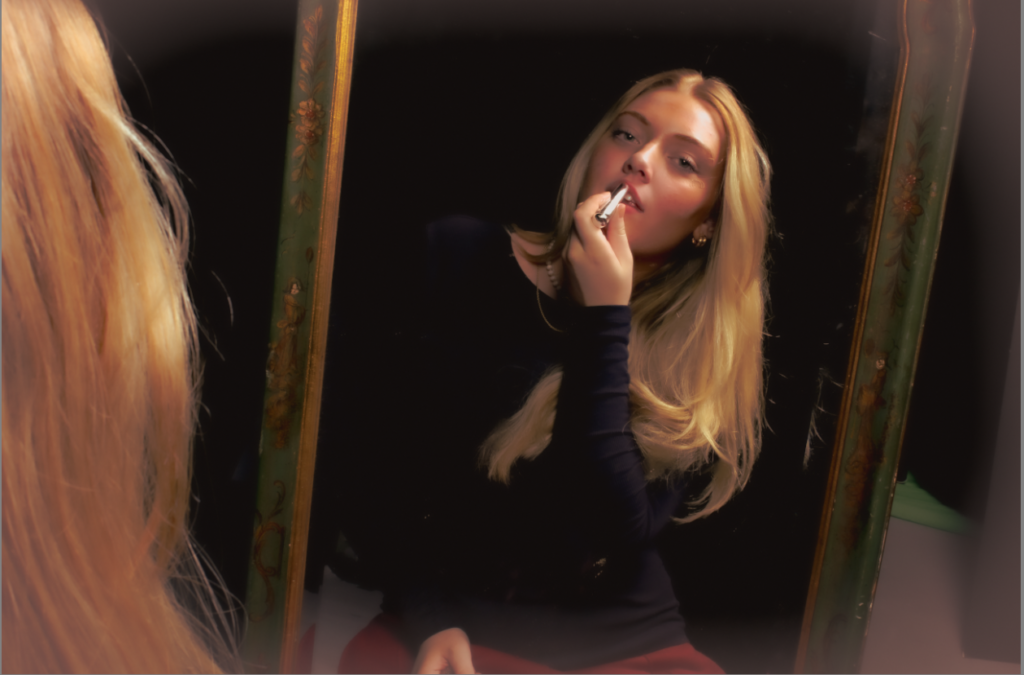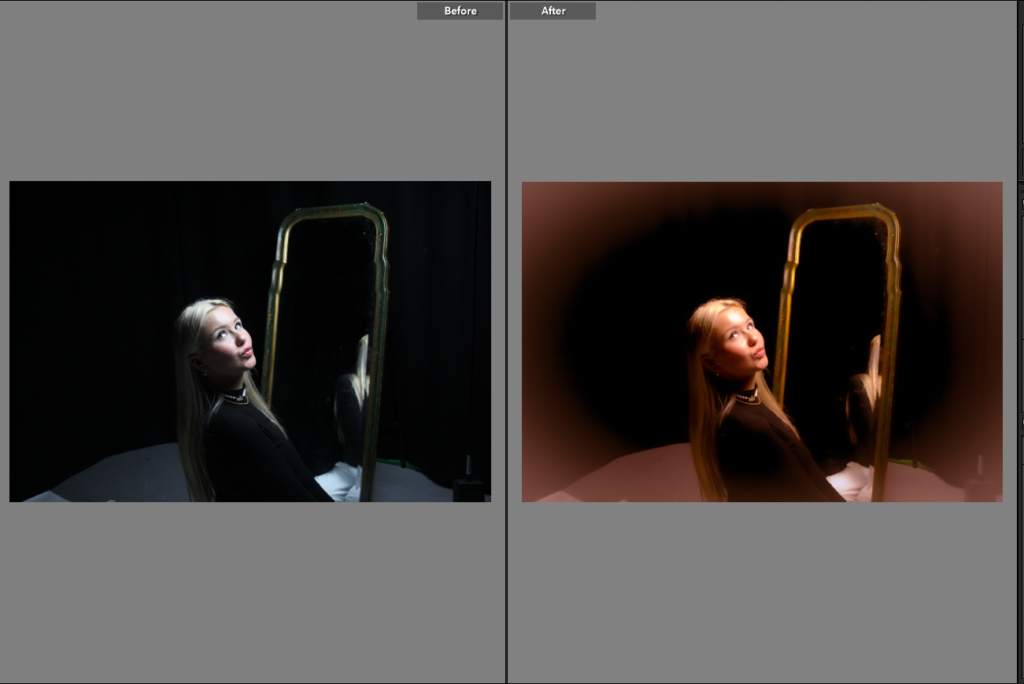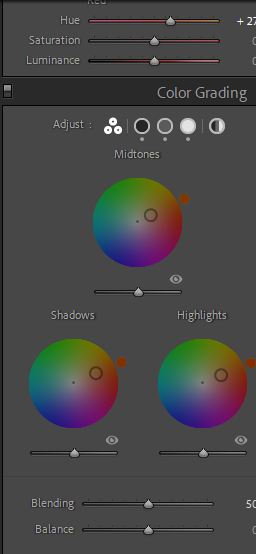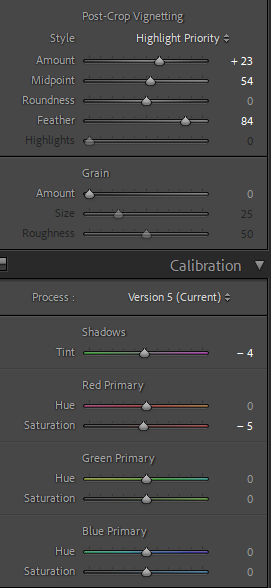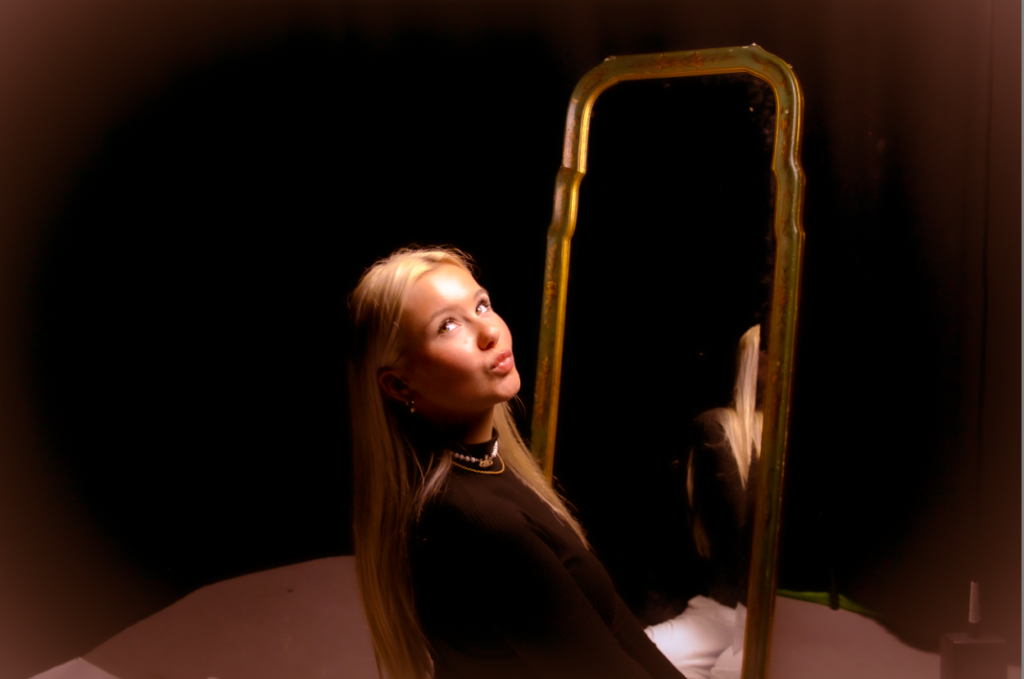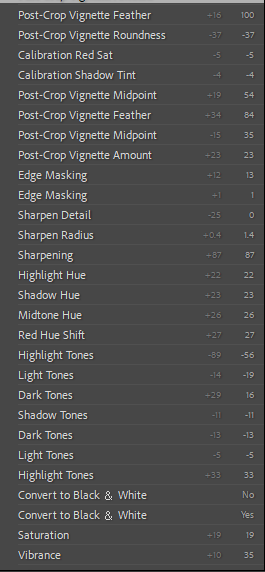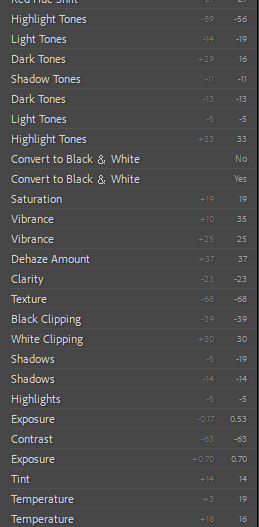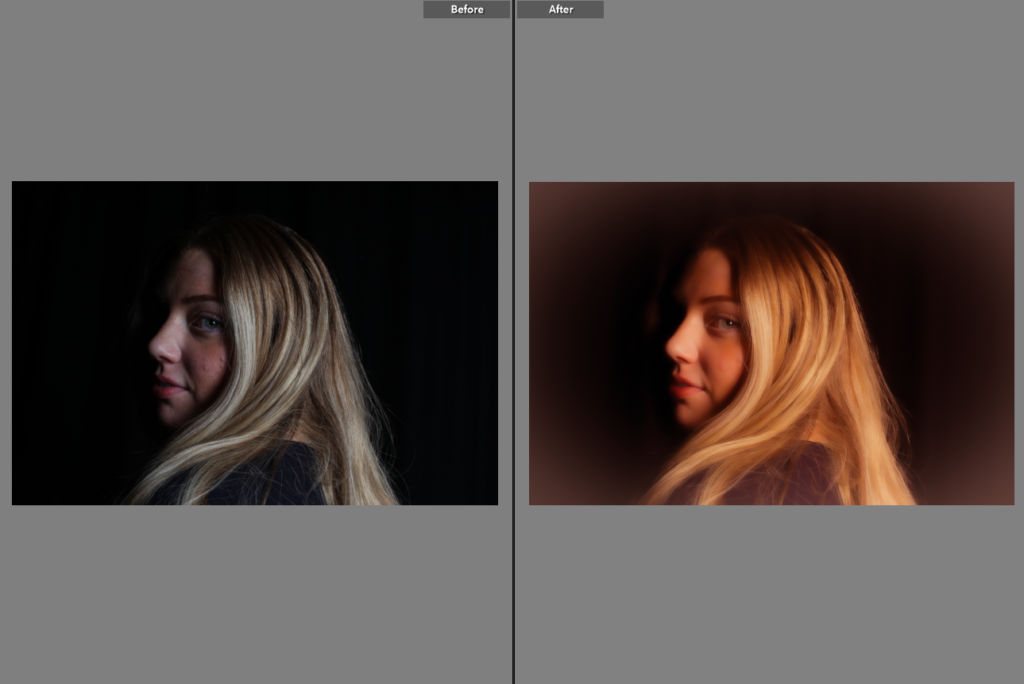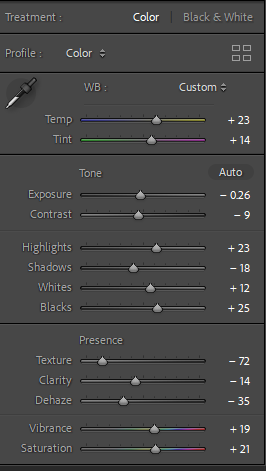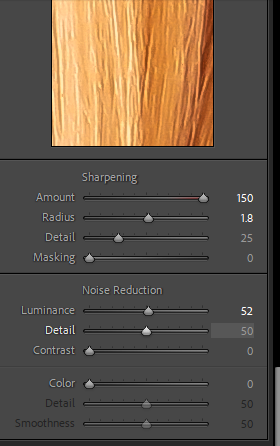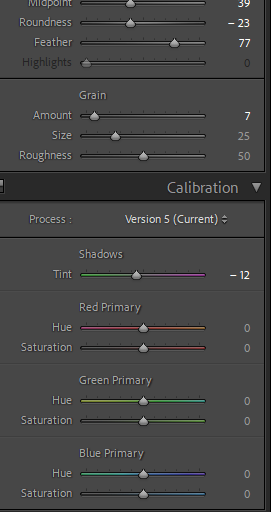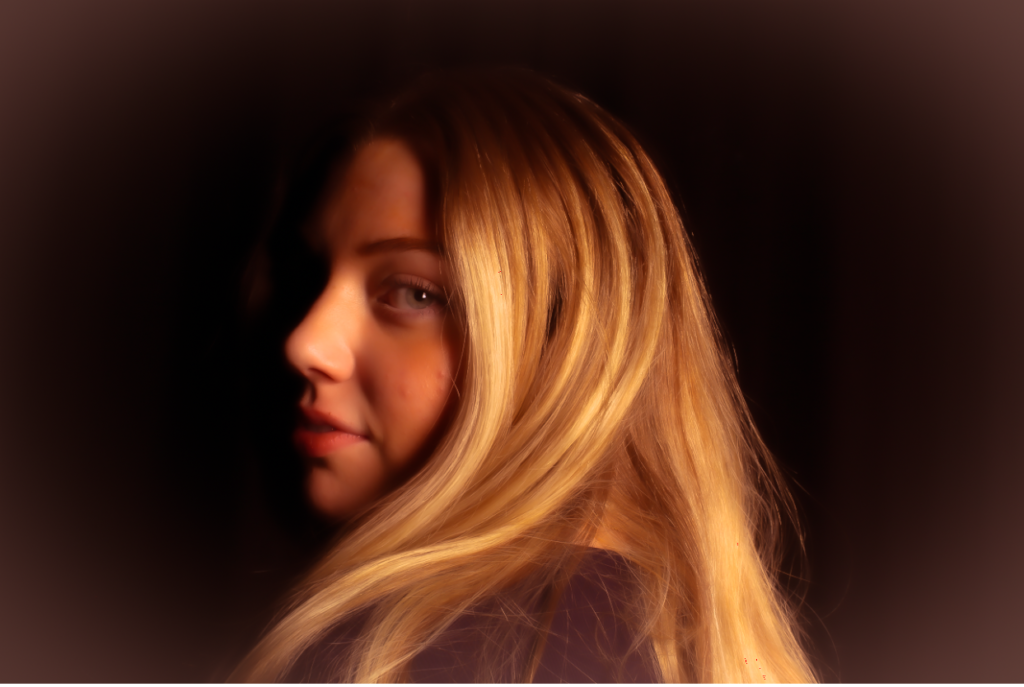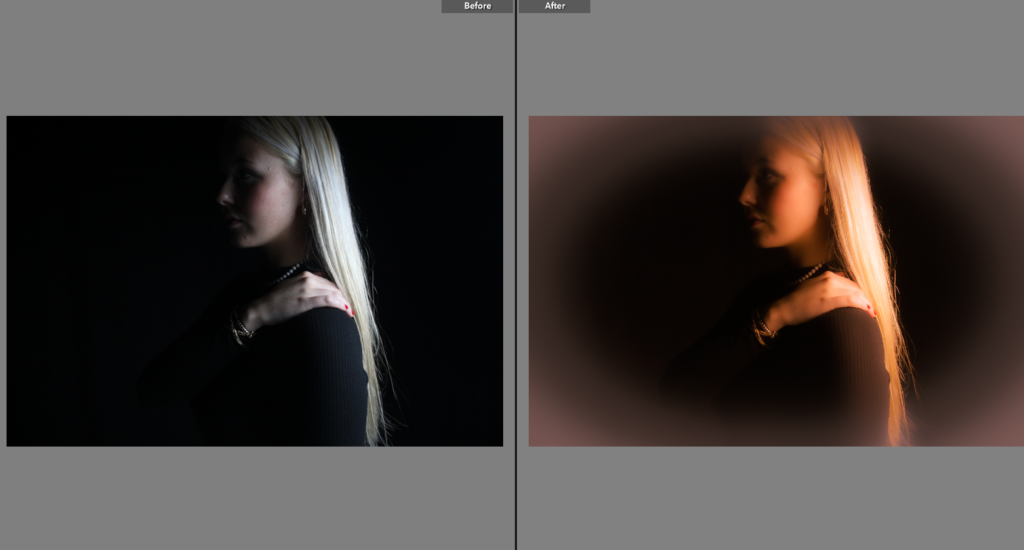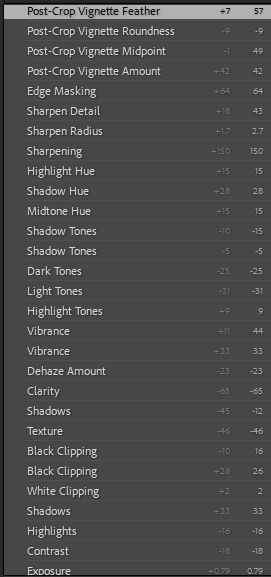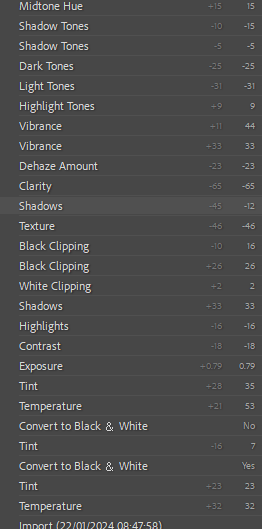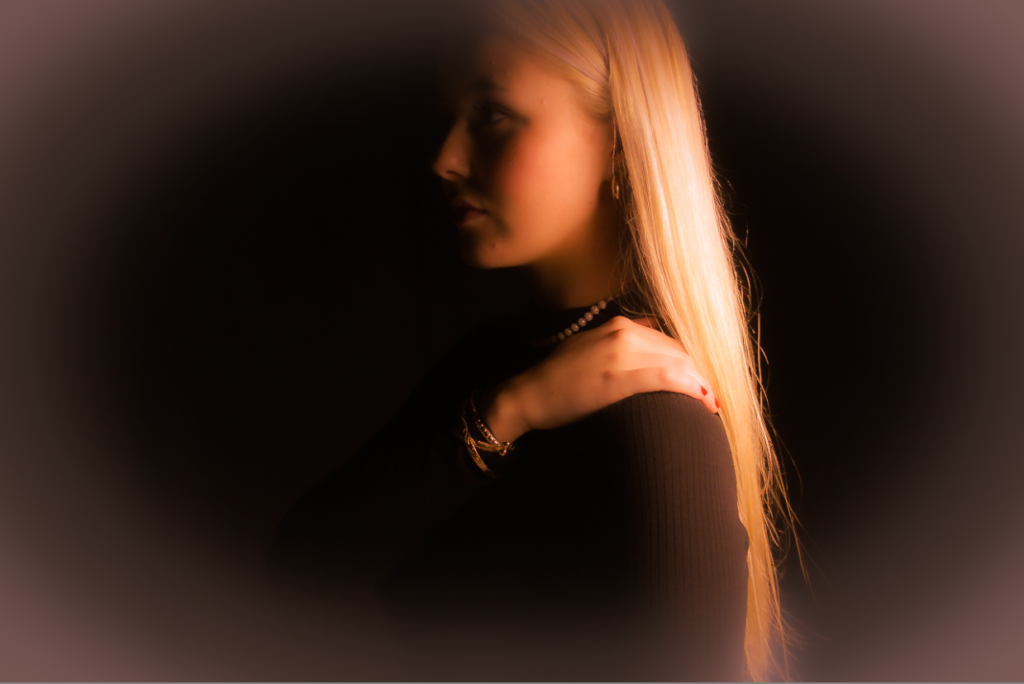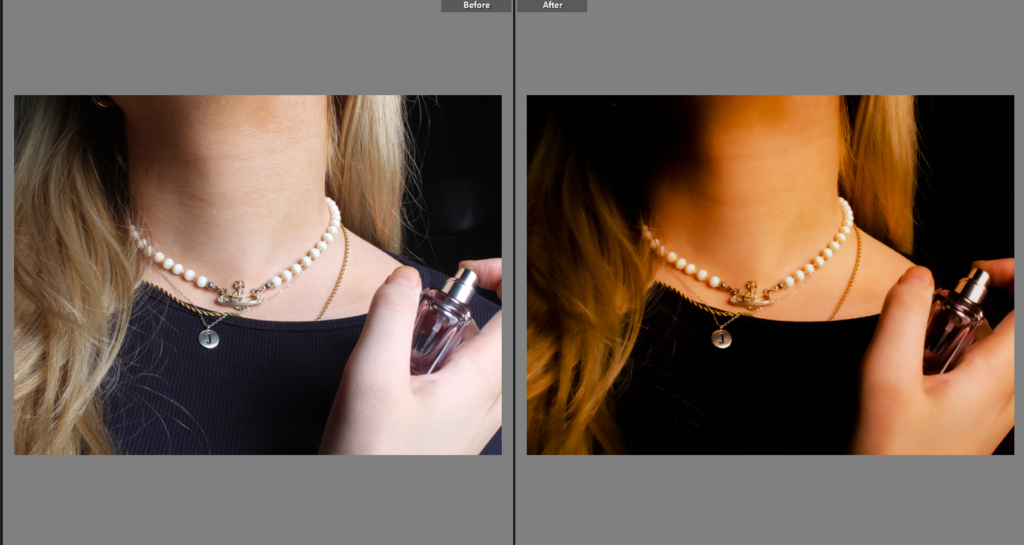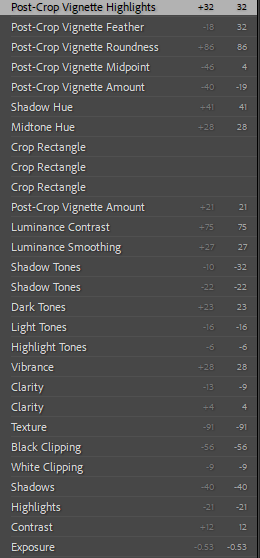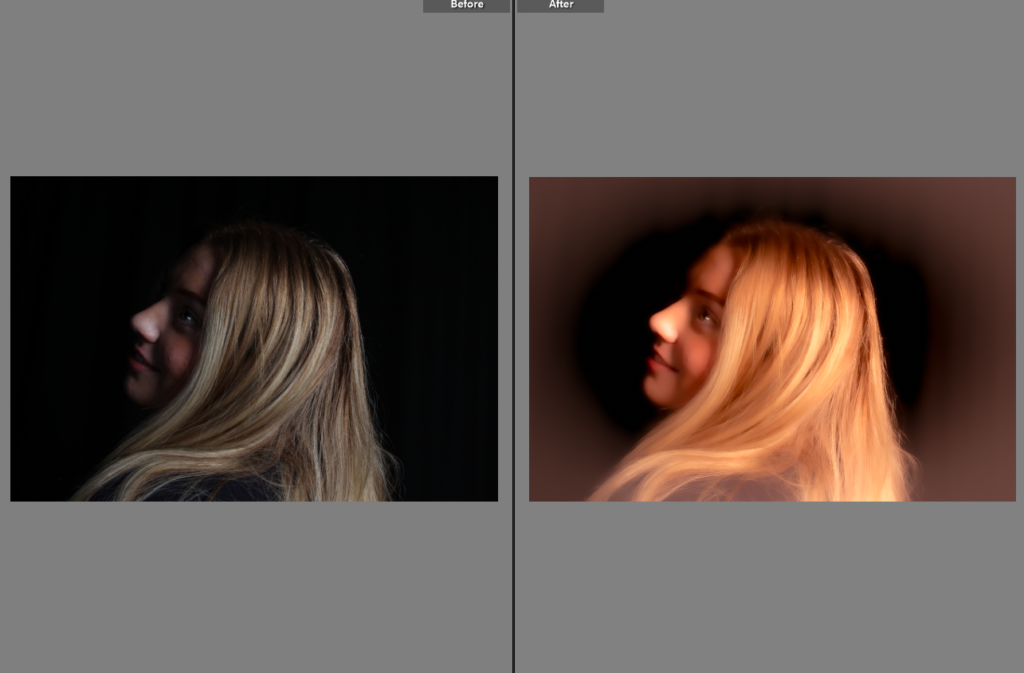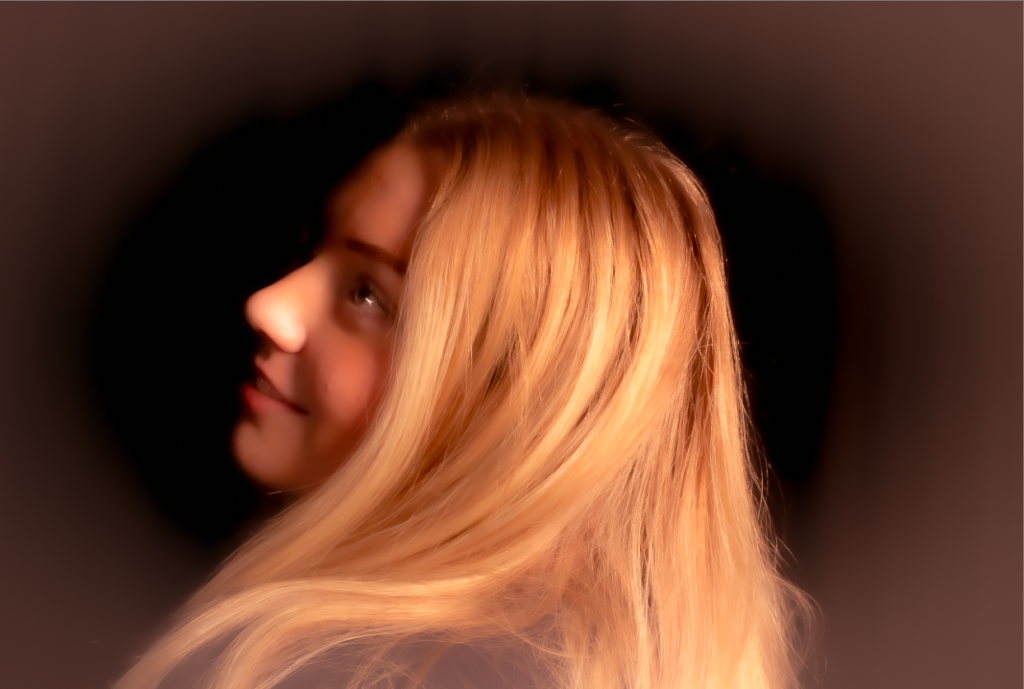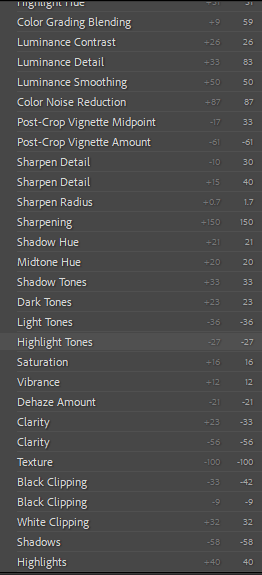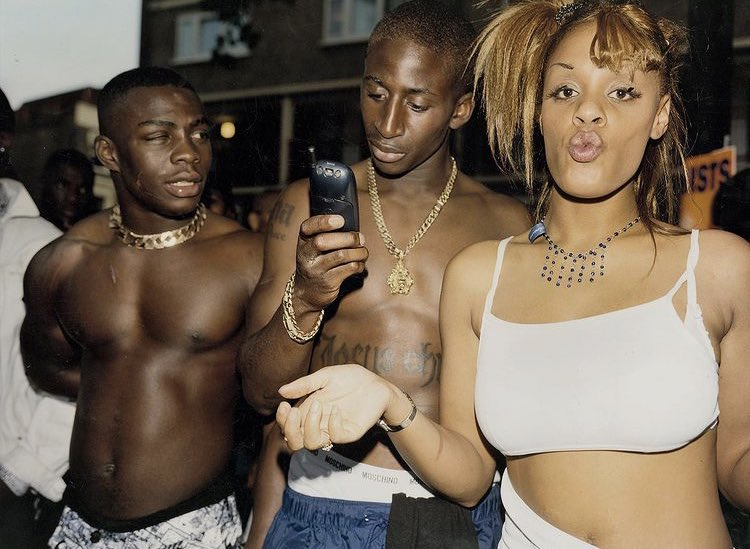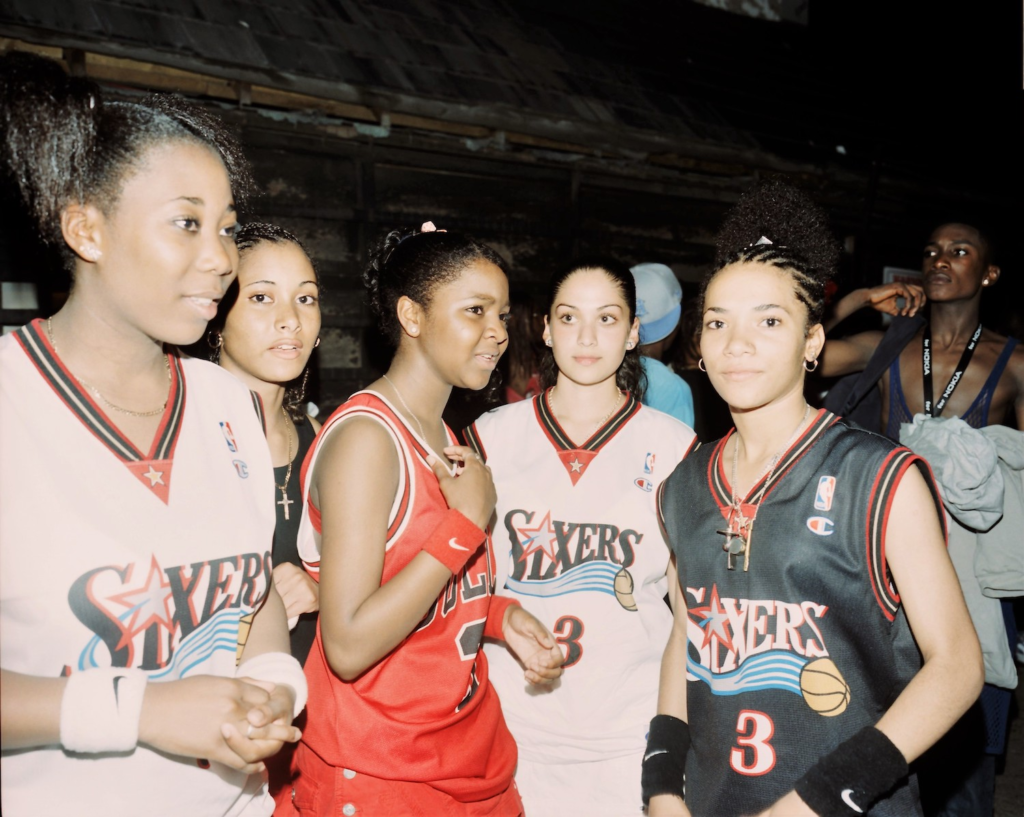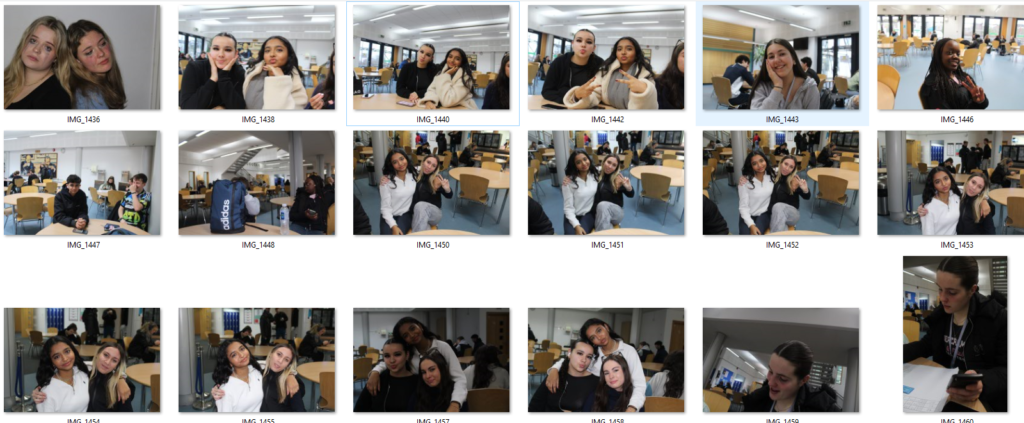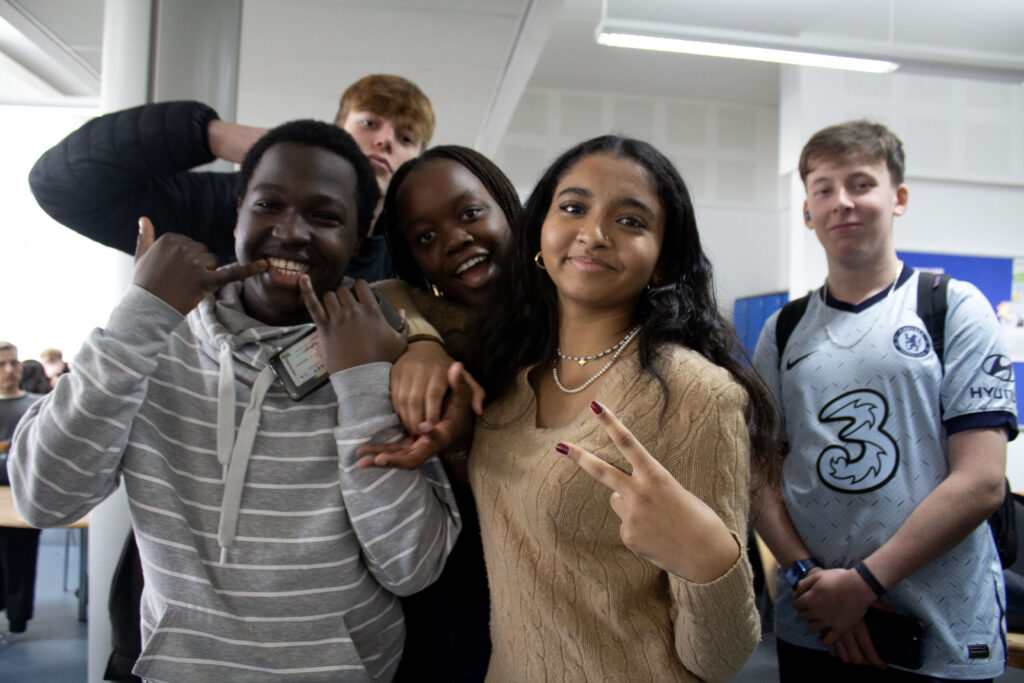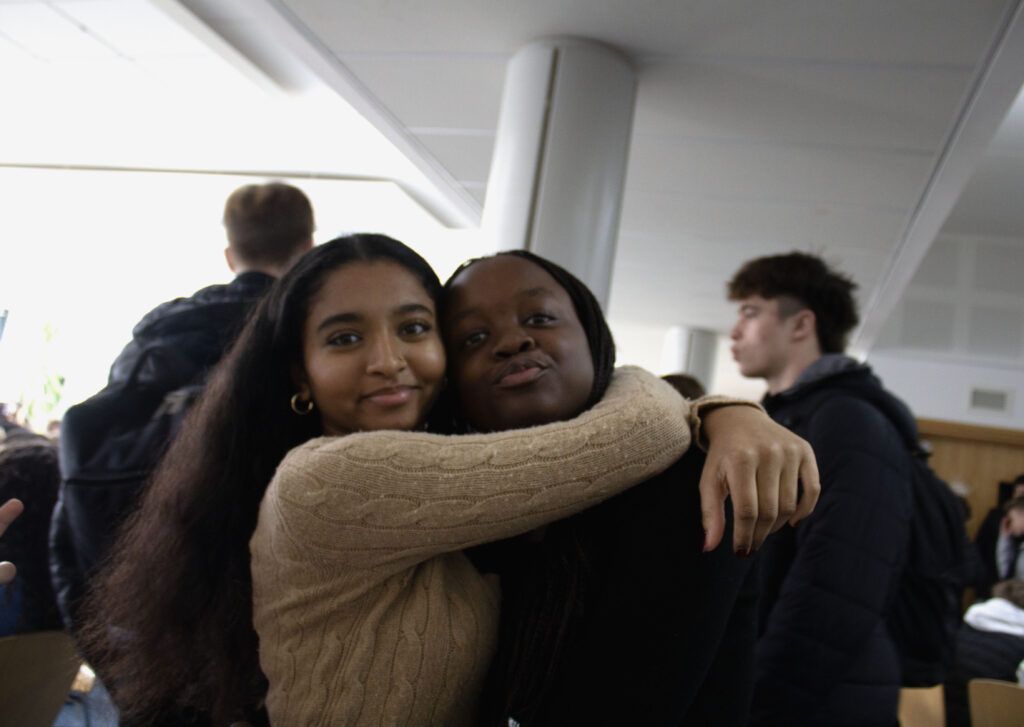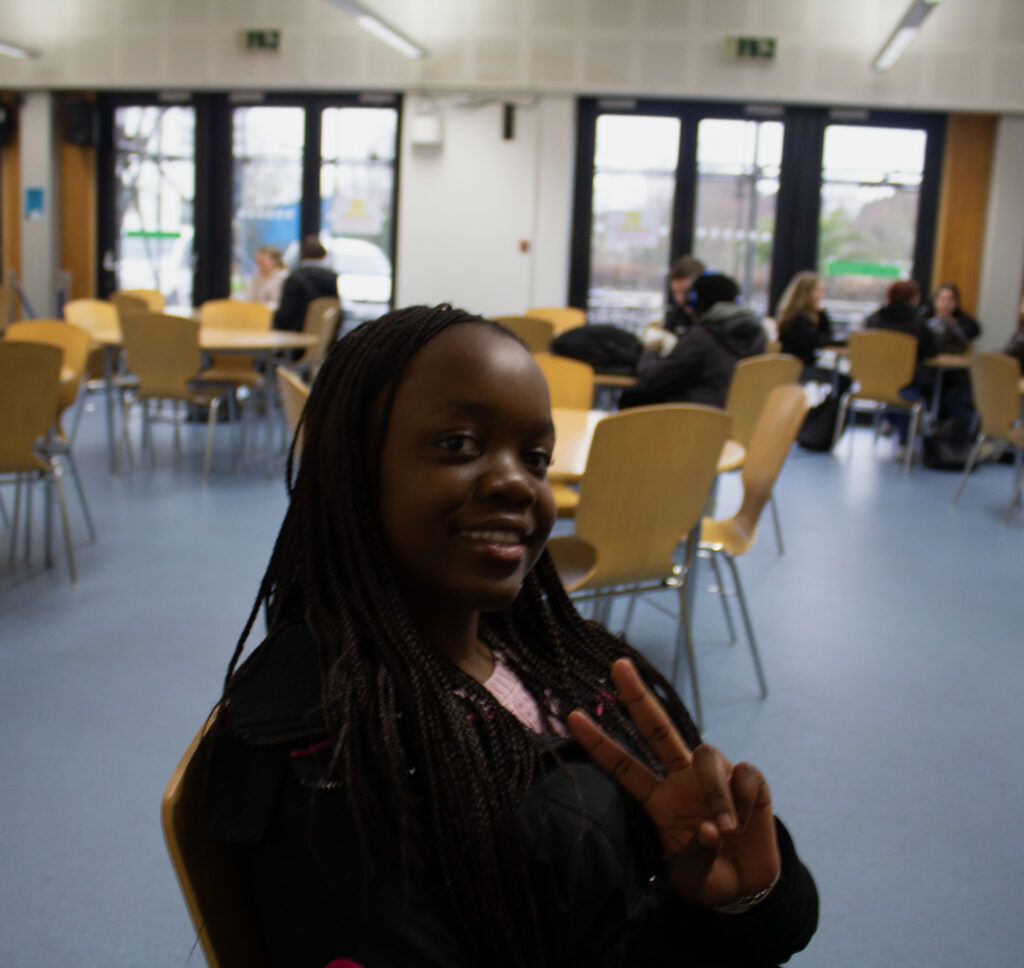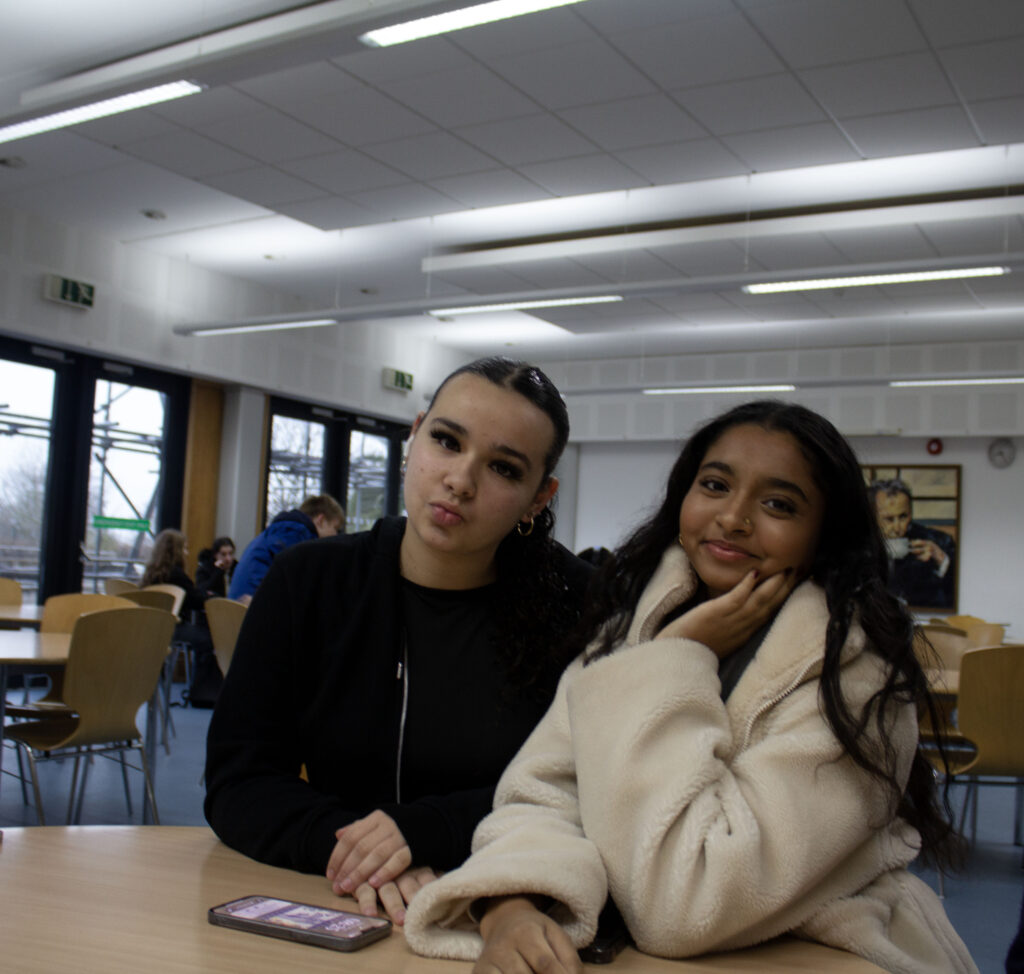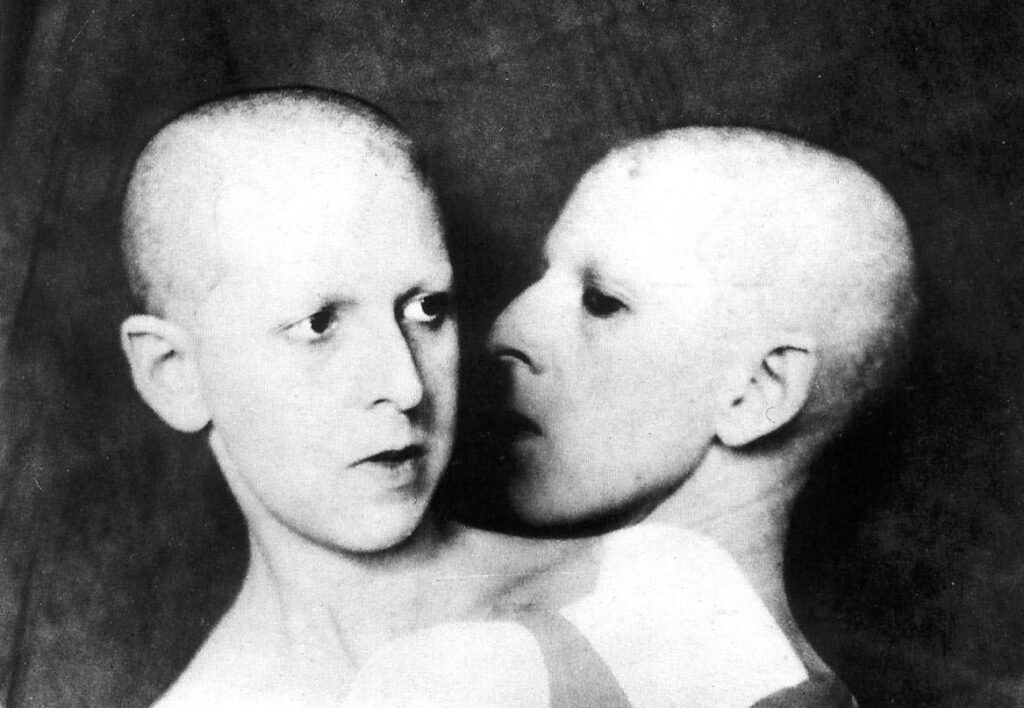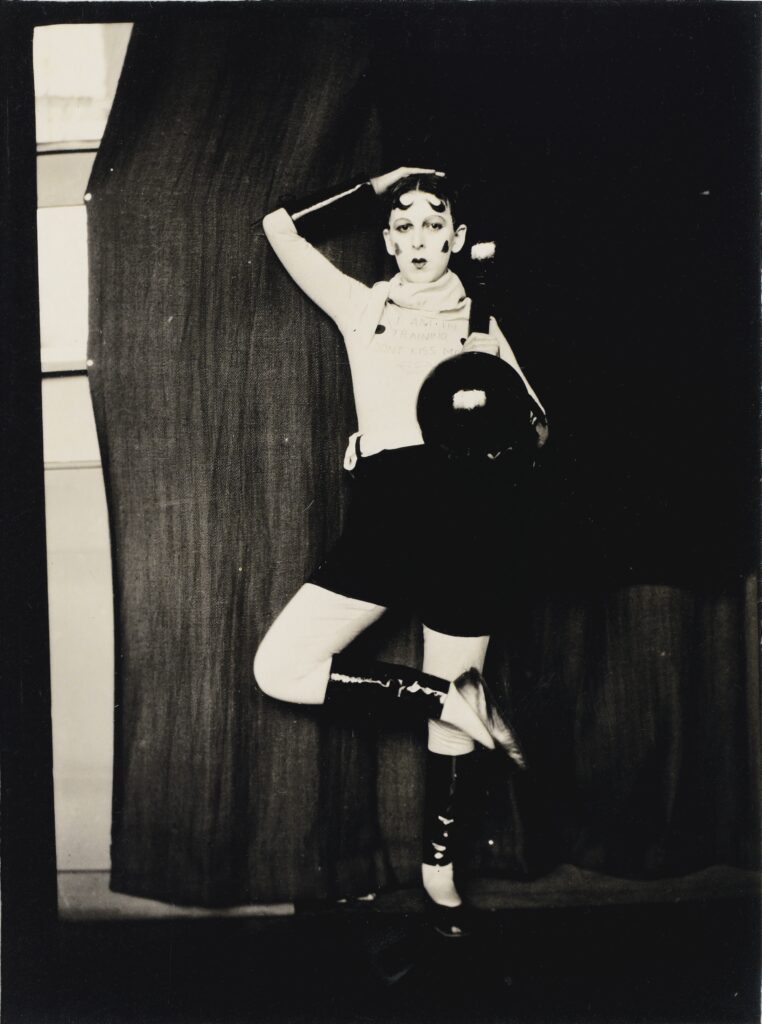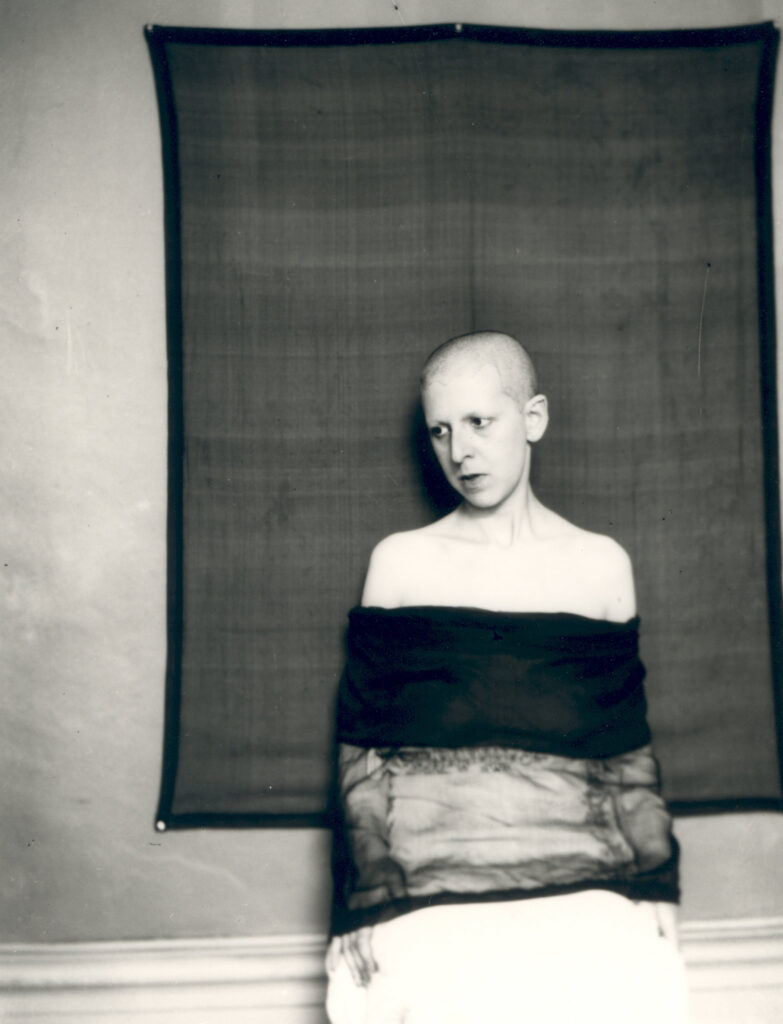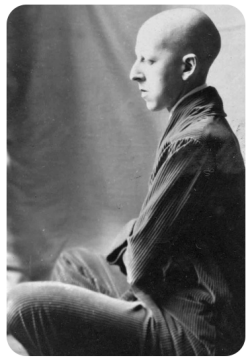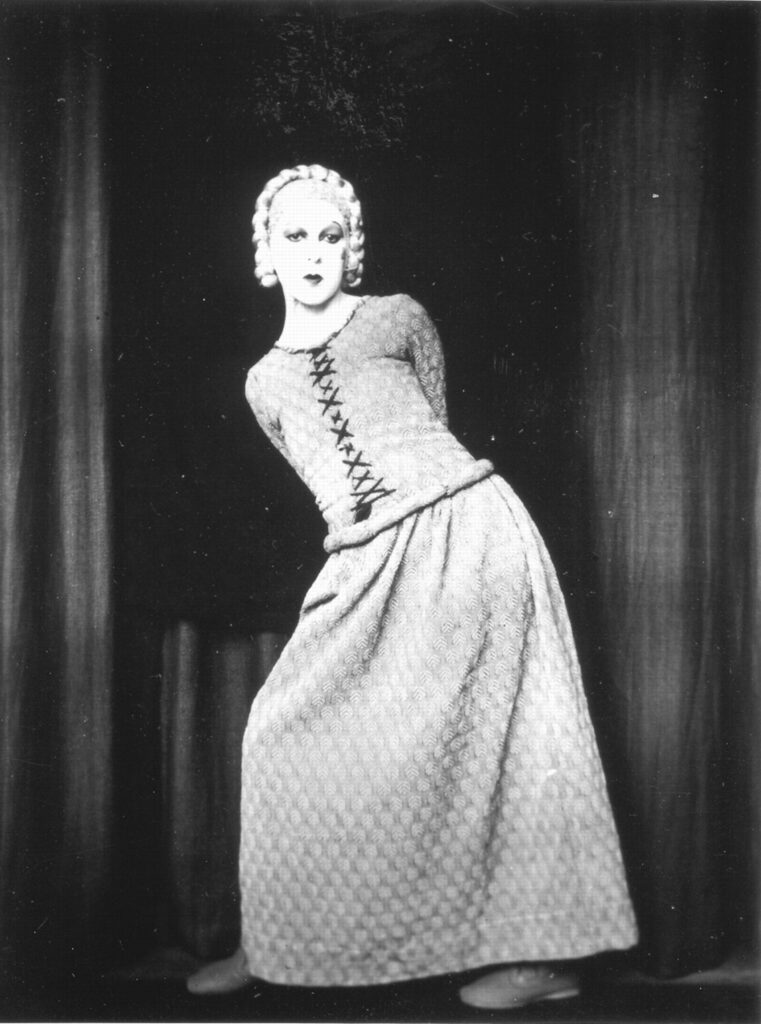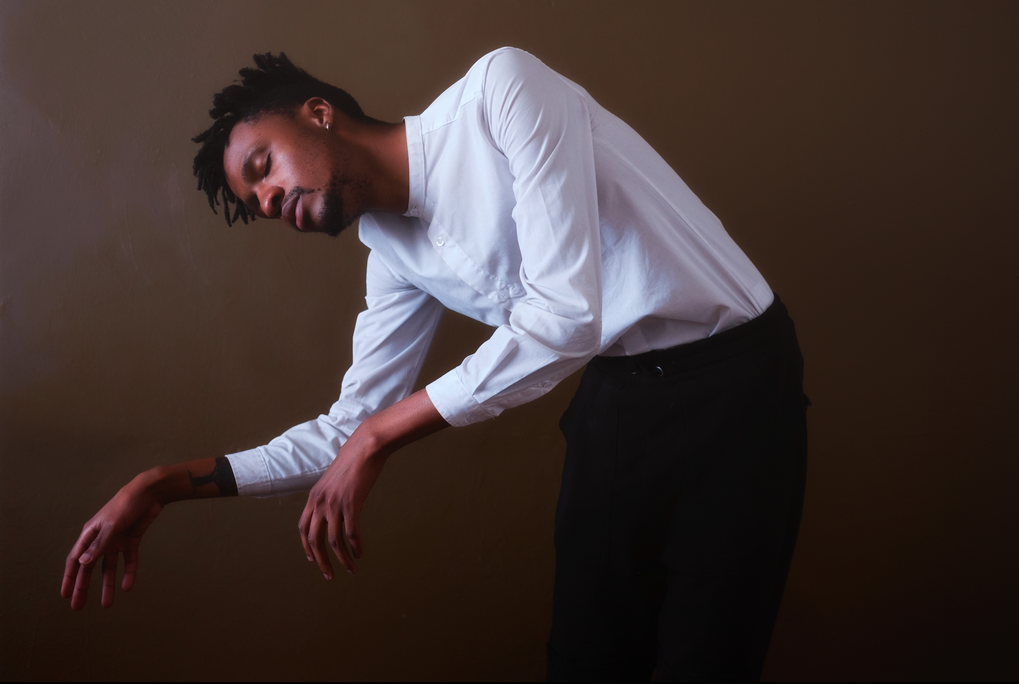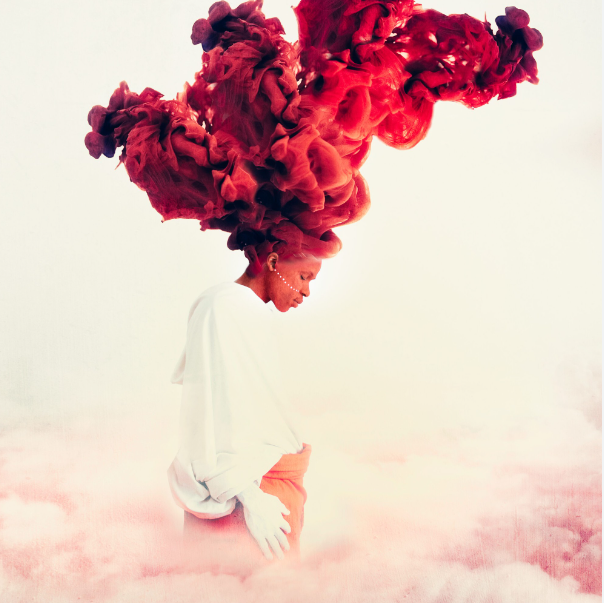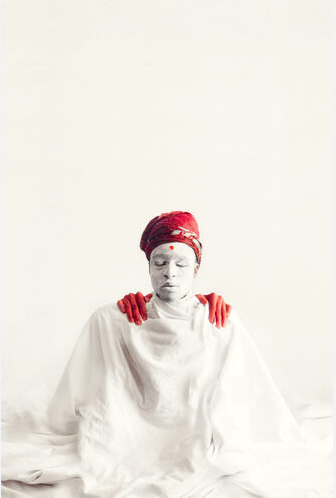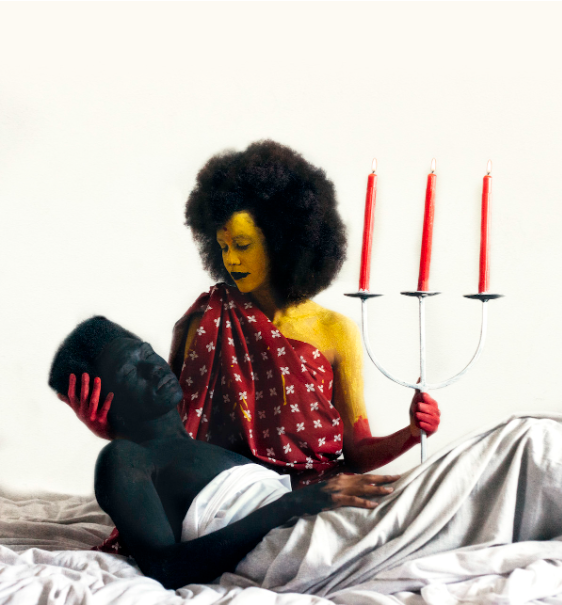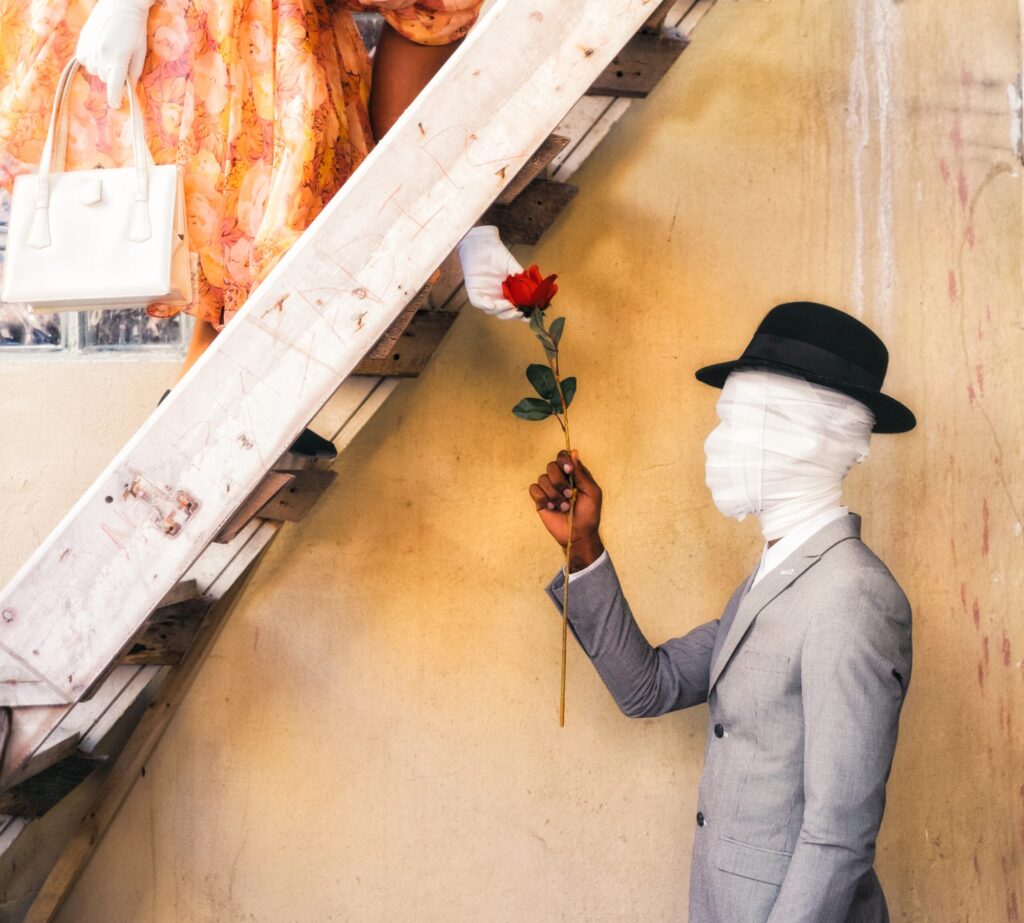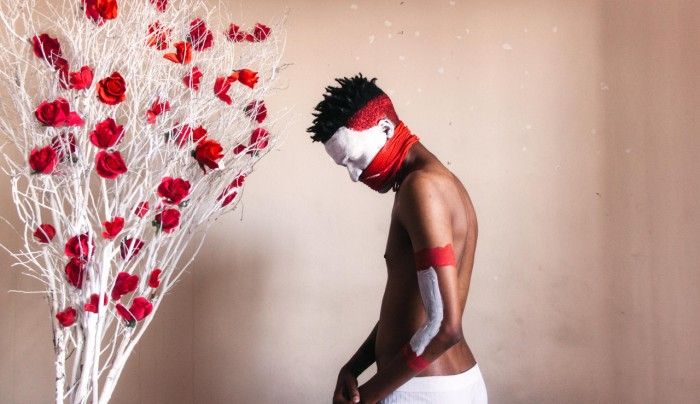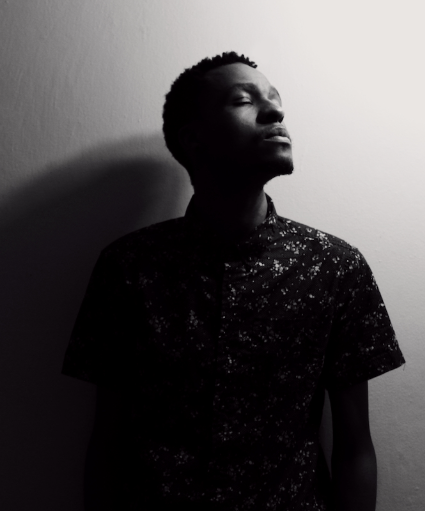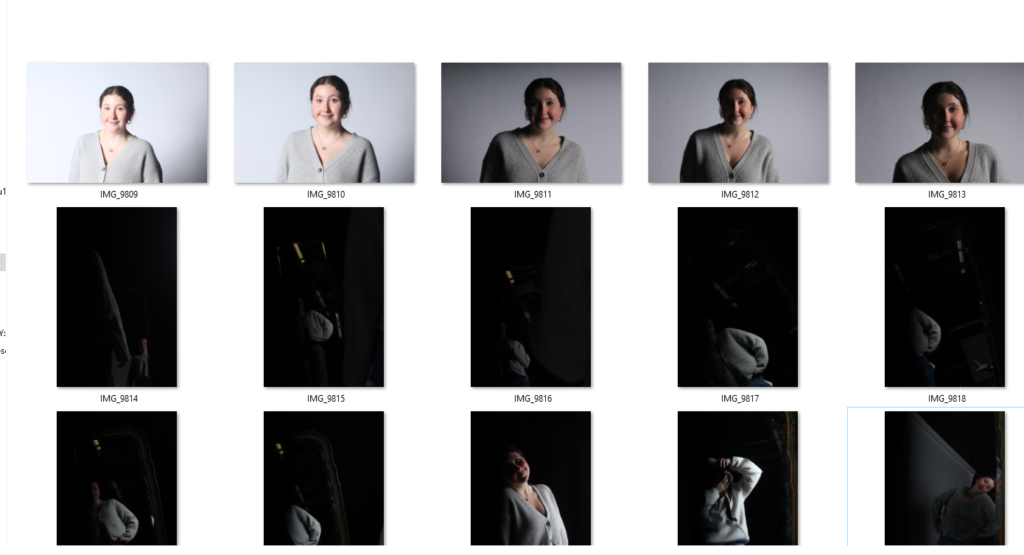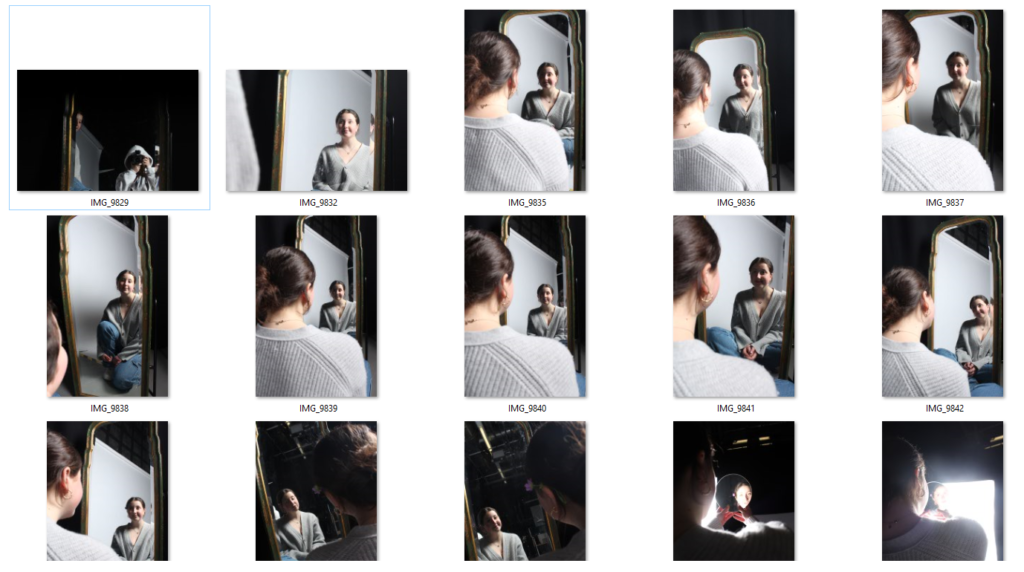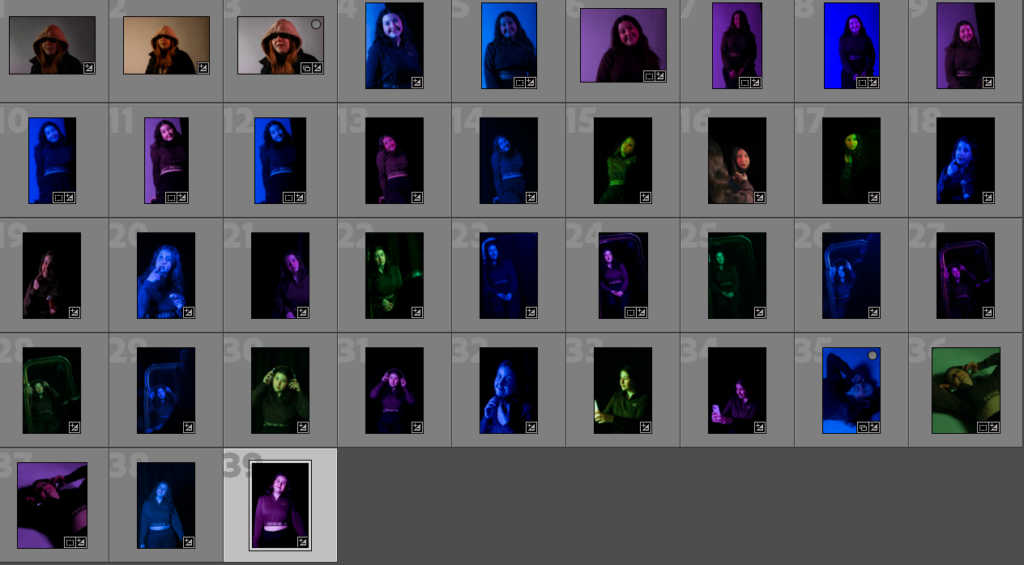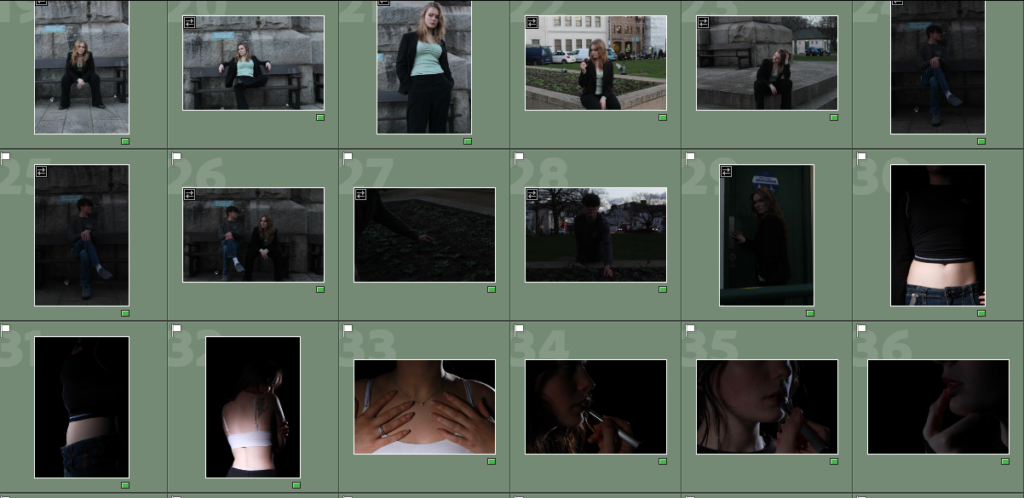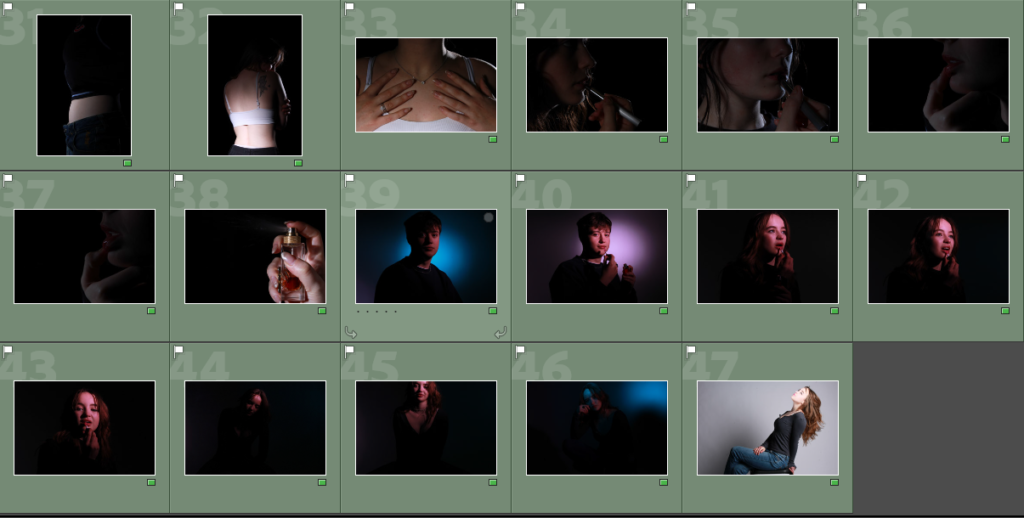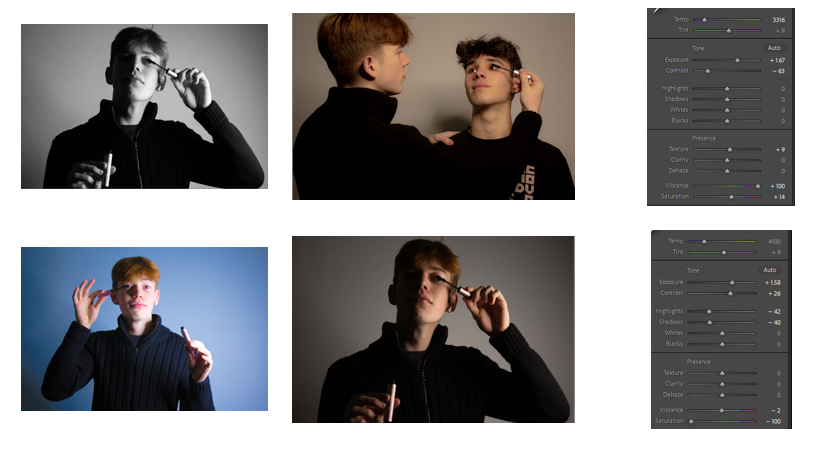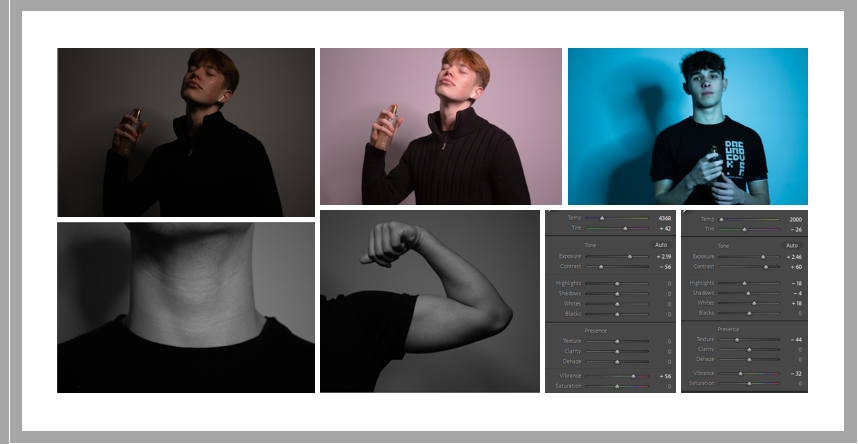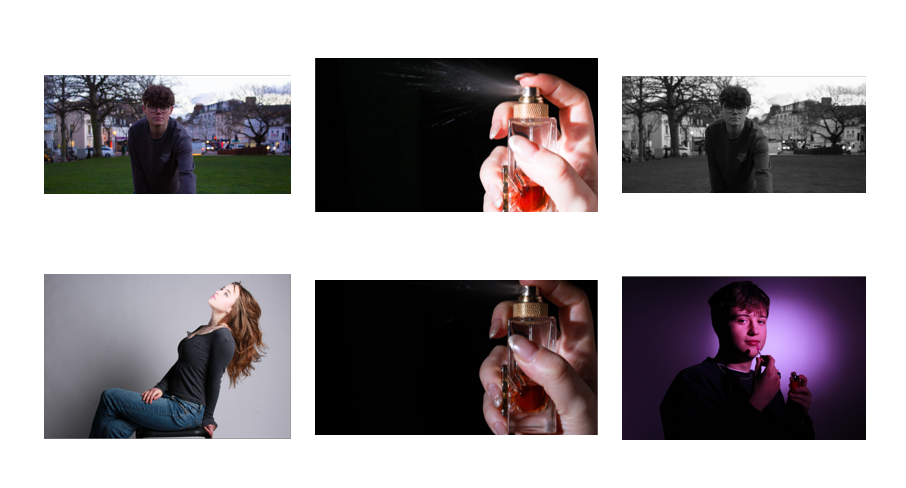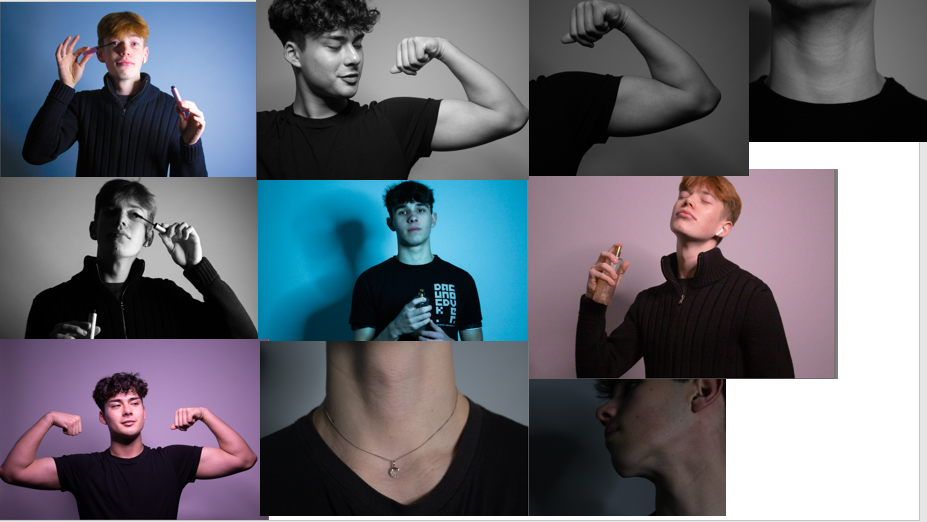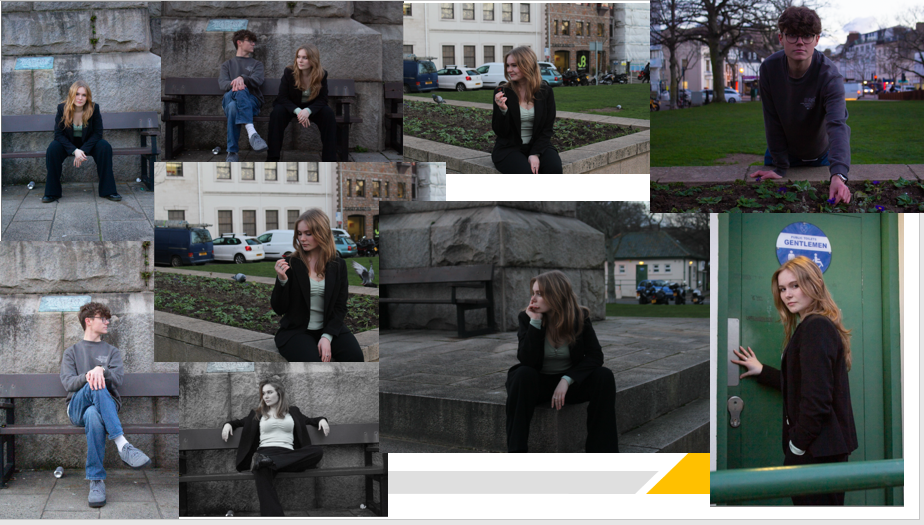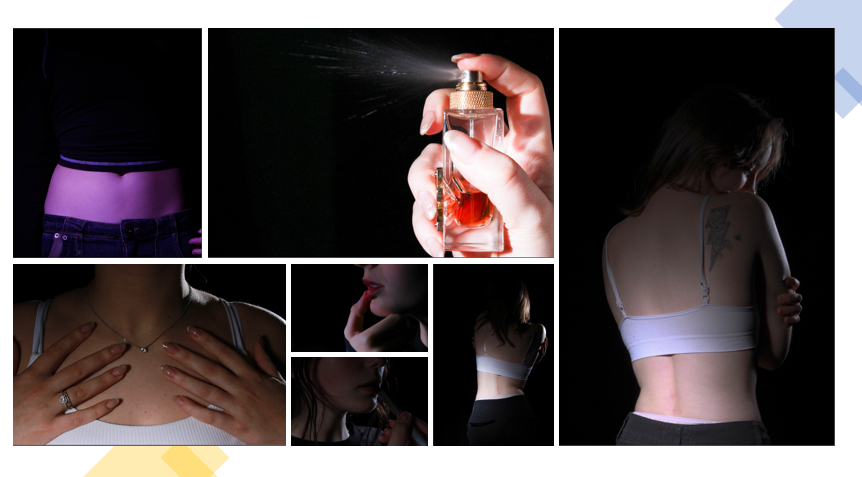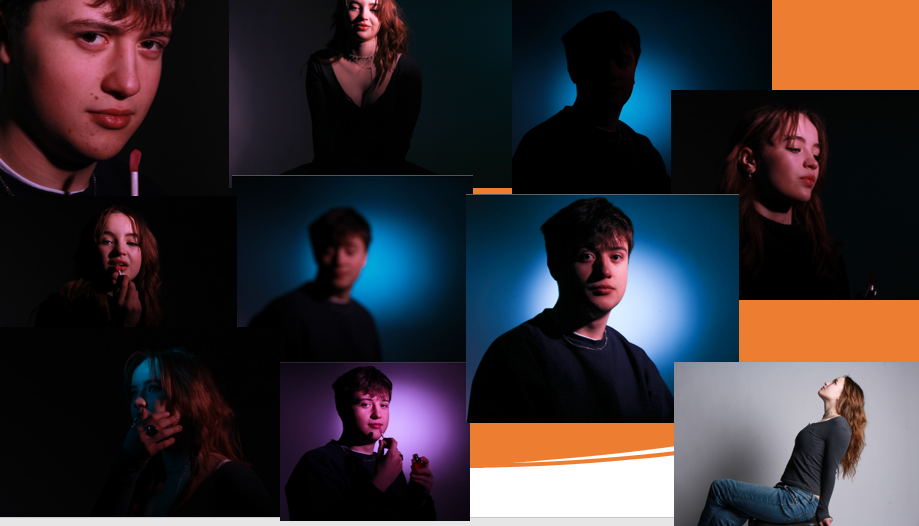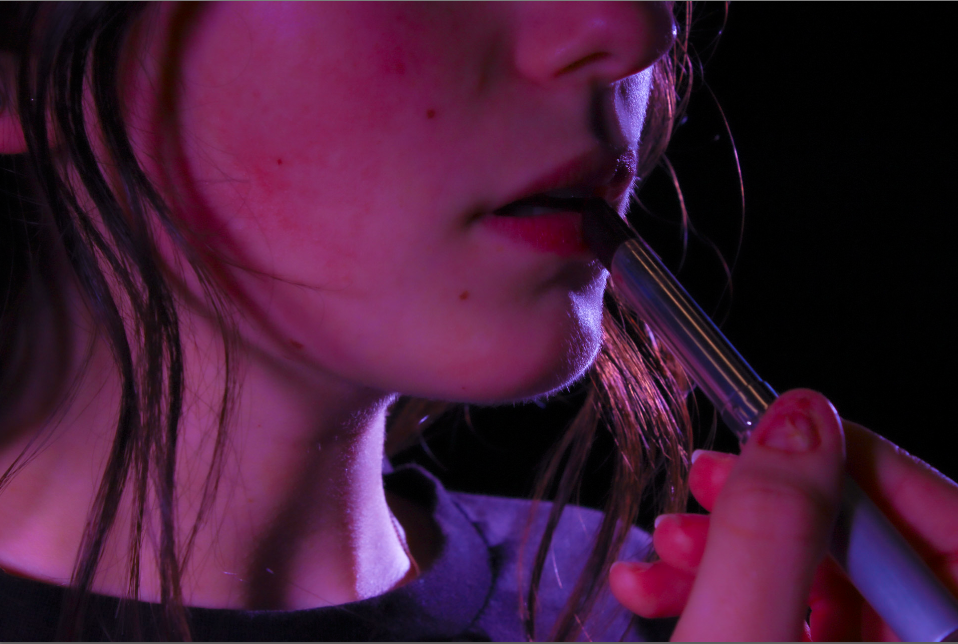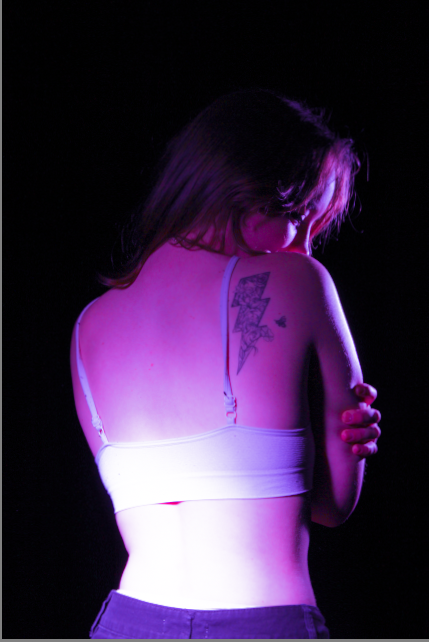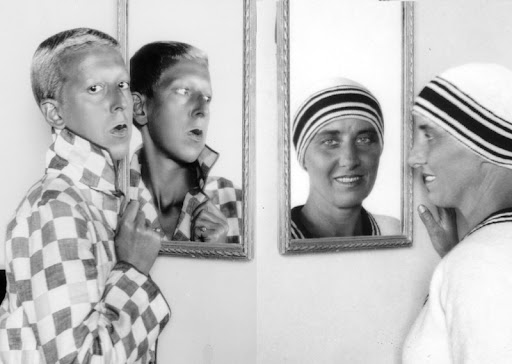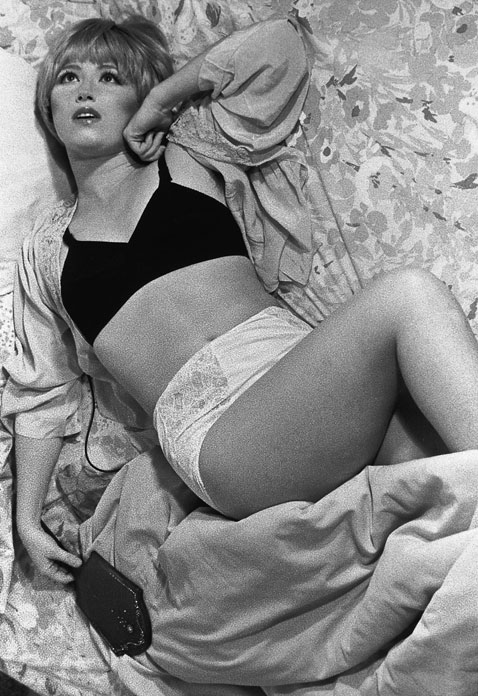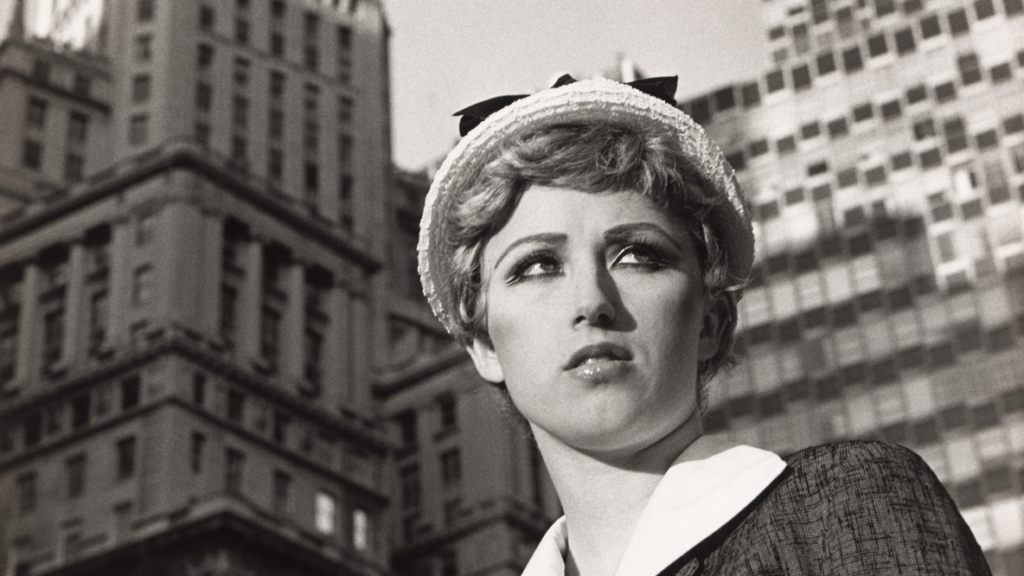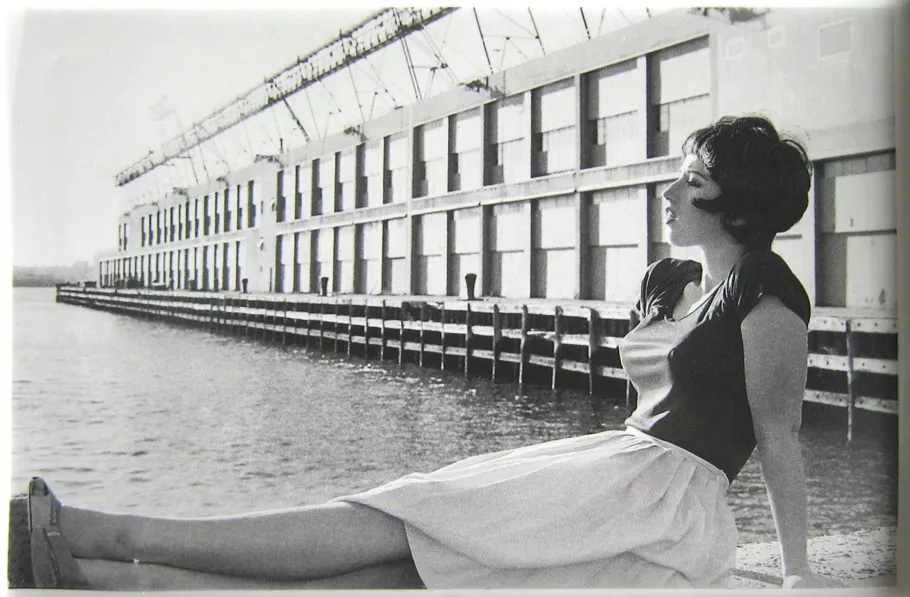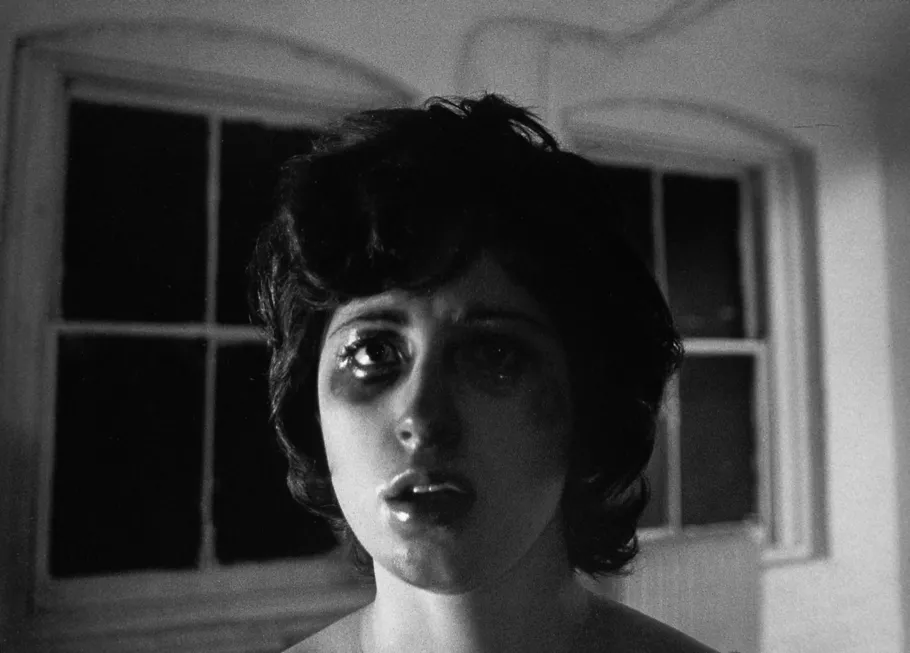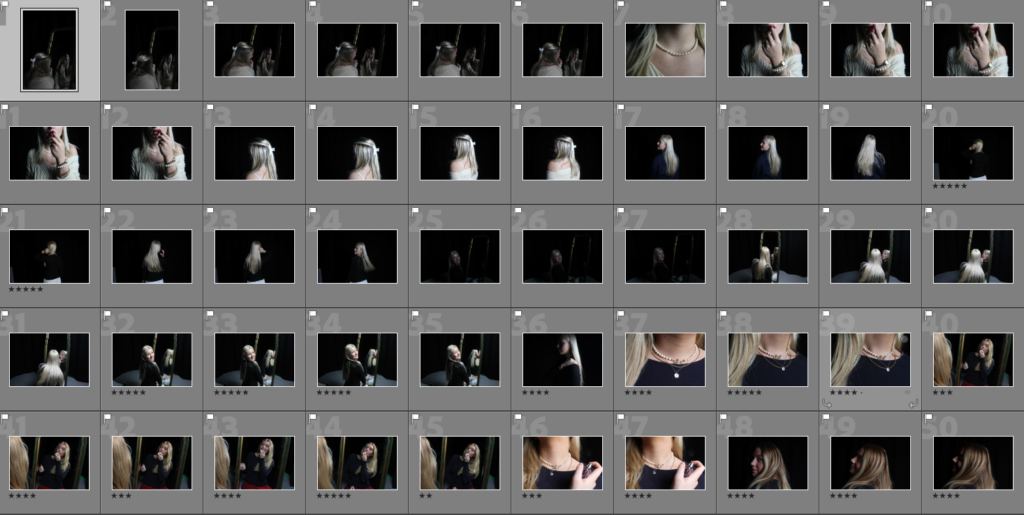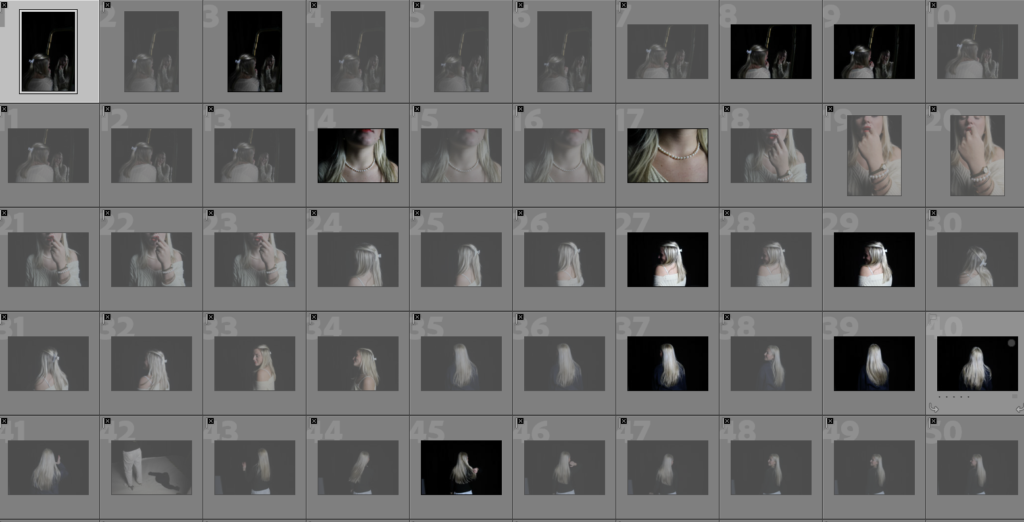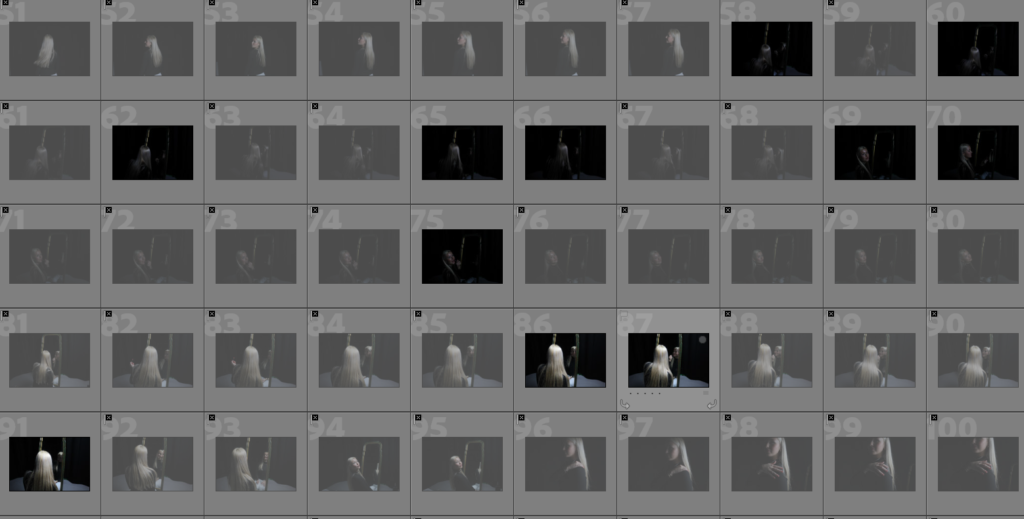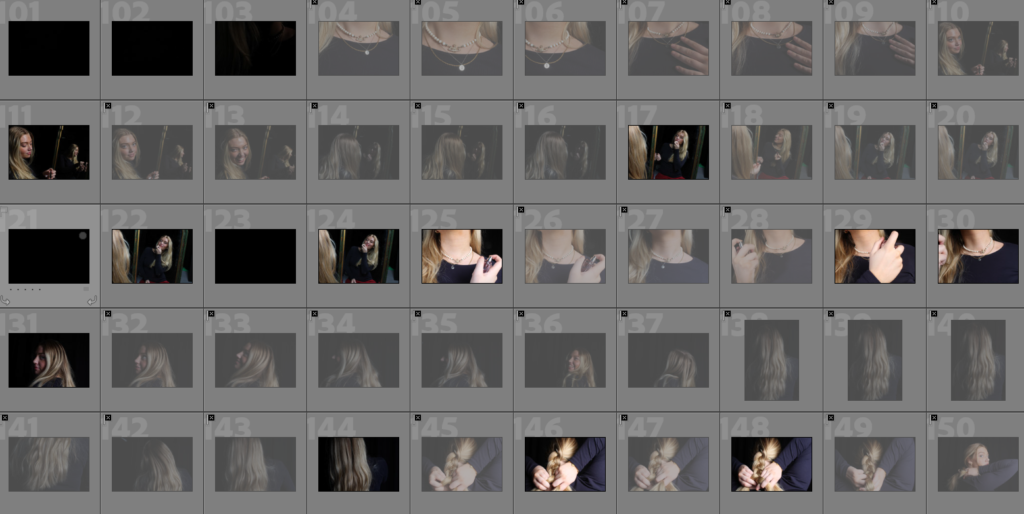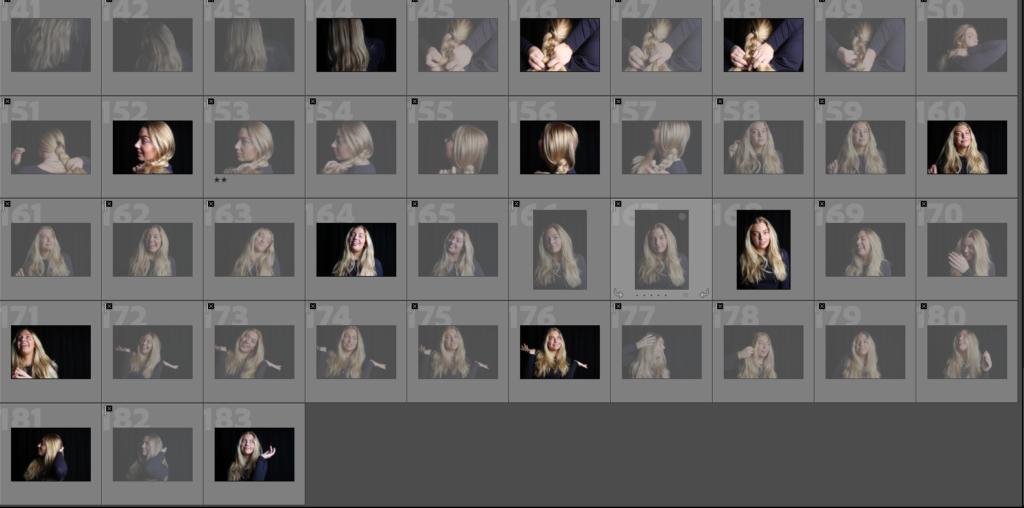Julia Margaret Cameron was a British photographer who is considered one of the most important portraitists of the 19th century .She is known for her soft-focus close-ups of famous Victorian men and women, for illustrative images depicting characters from mythology, Christianity, and literature, and for sensitive portraits of men, women and children.
After showing a keen interest in photography for many years, Cameron took up the practice at the relatively late age of 48, after her daughter gave her a camera as a present. She quickly produced a large body of work capturing the genius, beauty, and innocence of the men, women, and children who visited her studio at Freshwater, and created unique allegorical images inspired by tableaux vivants, theatre, 15th-century Italian painters, and the work of her creative contemporaries. Her photography career was short but productive; she made around 900 photographs over a 12-year period.
Cameron’s work was contentious in her own time. Critics derided her softly focused and unrefined images, and considered her illustrative photographs amateurish and hammy. However, her portraits of respected men (such as Henry Taylor, Charles Darwin, and Sir John Herschel) have been consistently praised, both in her own life and in reviews of her work since. Her images have been described as “extraordinarily powerful” and “wholly original”, and she has been credited with producing the first close-ups in the history of the medium.
Why was Cameron’s work criticised?
Her talent, however, left her known as one the greatest photographers in history. Still, many of Cameron’s contemporaries considered her work to be inept, for it was blurry, smudged and scratched, and instead they believed that the best photography should be about technical perfections superseding all artistic intent.
The statement ‘Julia Margaret Cameron accidentally created soft-focus photographs’ is true due to her technical inexperience. She later embraced and intentionally used this soft-focus technique, significantly impacting portrait photography.
PHOTO ANAYLYSIS
The Red Roses ( 1865)

The meaning of this picture is ambiguous as the red roses of the title are not clearly identifiable. In the Victorian Language of flowers, red and white roses signified unity, discernible here in the closeness of sisters Kate and Elizabeth Keown. The hands clasped in prayer evoke Christian iconography, where red roses stand for martyrdom and white for purity. Cameron often borrowed many of her subjects from religion, history and literature. One of her famous images is ‘ My Grandchild, 1865’

In this image, Cameron transforms a portrait of her grandson asleep into the study of Madonna and her Child. Making this image simultaneously a religious study and a family portrait.
Madonna and Child was painted by one of the most influential artists of the late 13th and early 14th century, Duccio di Buoninsegna. This iconic image of the Madonna and Child, seen throughout the history of western art, holds significant value in terms of stylistic innovations of religious subject matter that would continue to evolve for centuries.
This lyrical work inaugurates the tradition in Italian art of envisioning the Madonna and Child in terms appropriated from real life. The Christ Child gently pushes away the veil of his mother, whose sorrowful expression reflects her foreknowledge of his crucifixion.
The word Madonna means “My Lady” in Italian.
This painting from the late 13th century by Italian painter Duccio di Buoninsega, in contrast, expresses the emotions of love and tenderness between mother and child. The infant Jesus returns the Madonna’s placid but intense gaze.
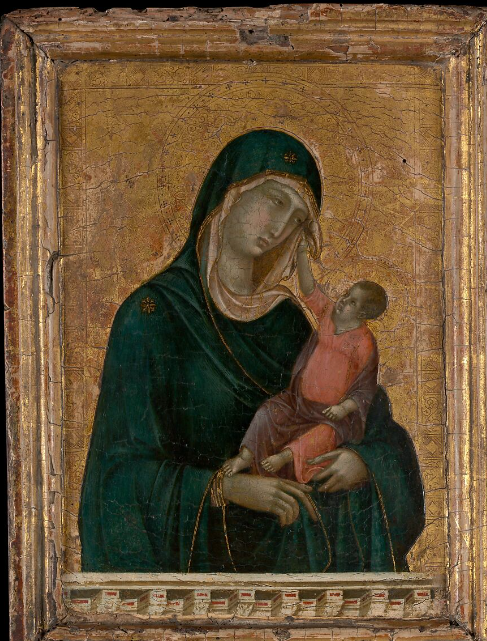
MOODBOARD
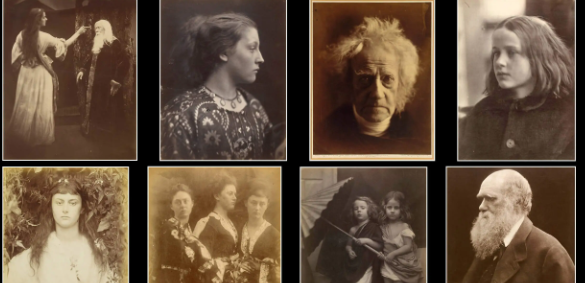
MY WORK INSPIRED BY CAMERON
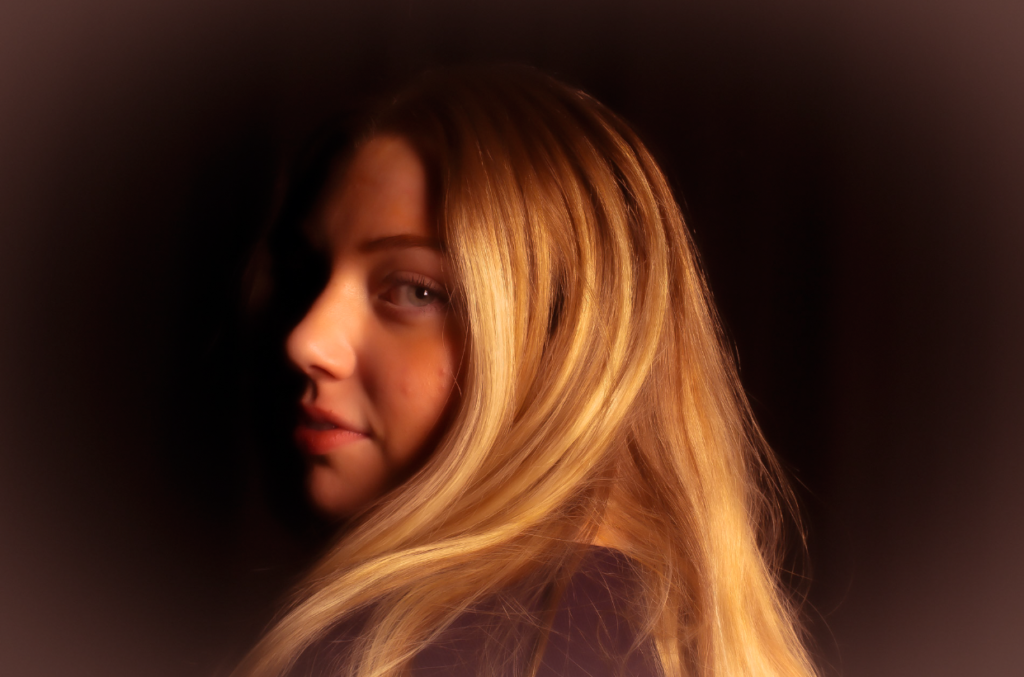
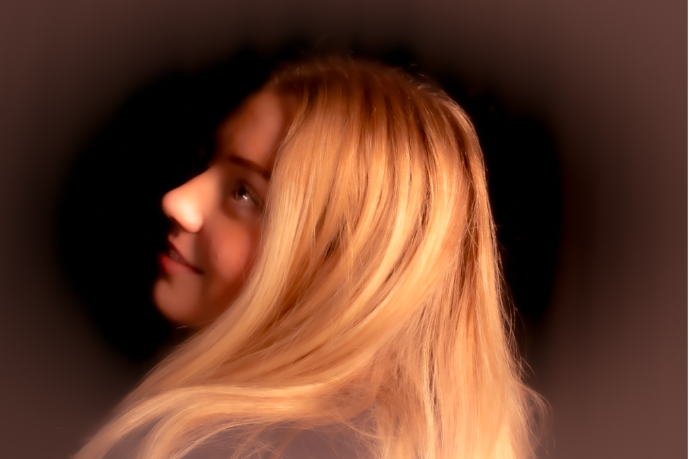

I edited these images to creative a less detailed focus in the centre surrounded by a feathered border with warm tones to create a vintage and old look so it fit Cameron’s work in the 19th century. I kept the portraits more focused around the outside like Cameron’s work although she got criticized for it but ended up embracing it and in my opinion I think it makes the image look a lot more elegant and gentle which is a typical female stereotype.


